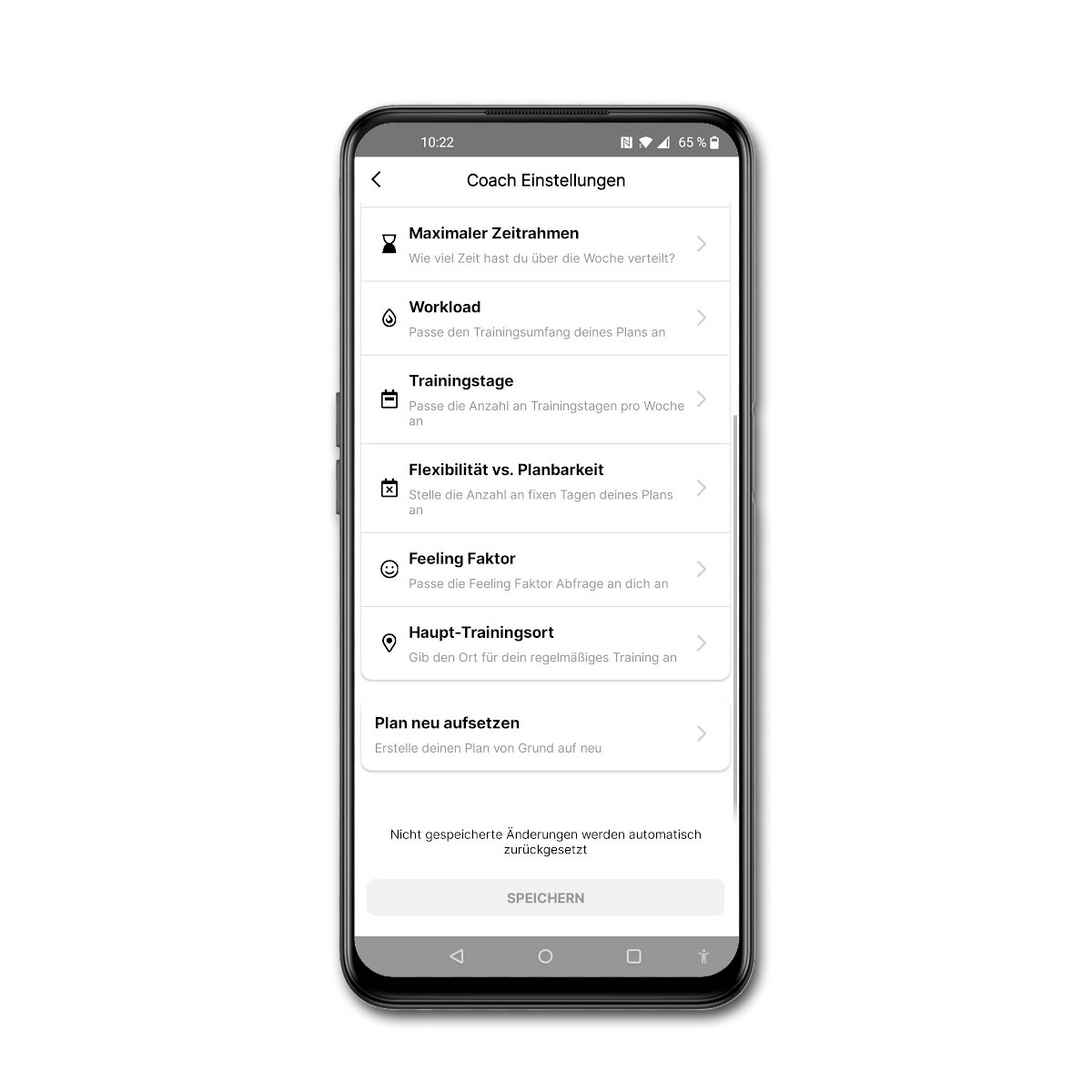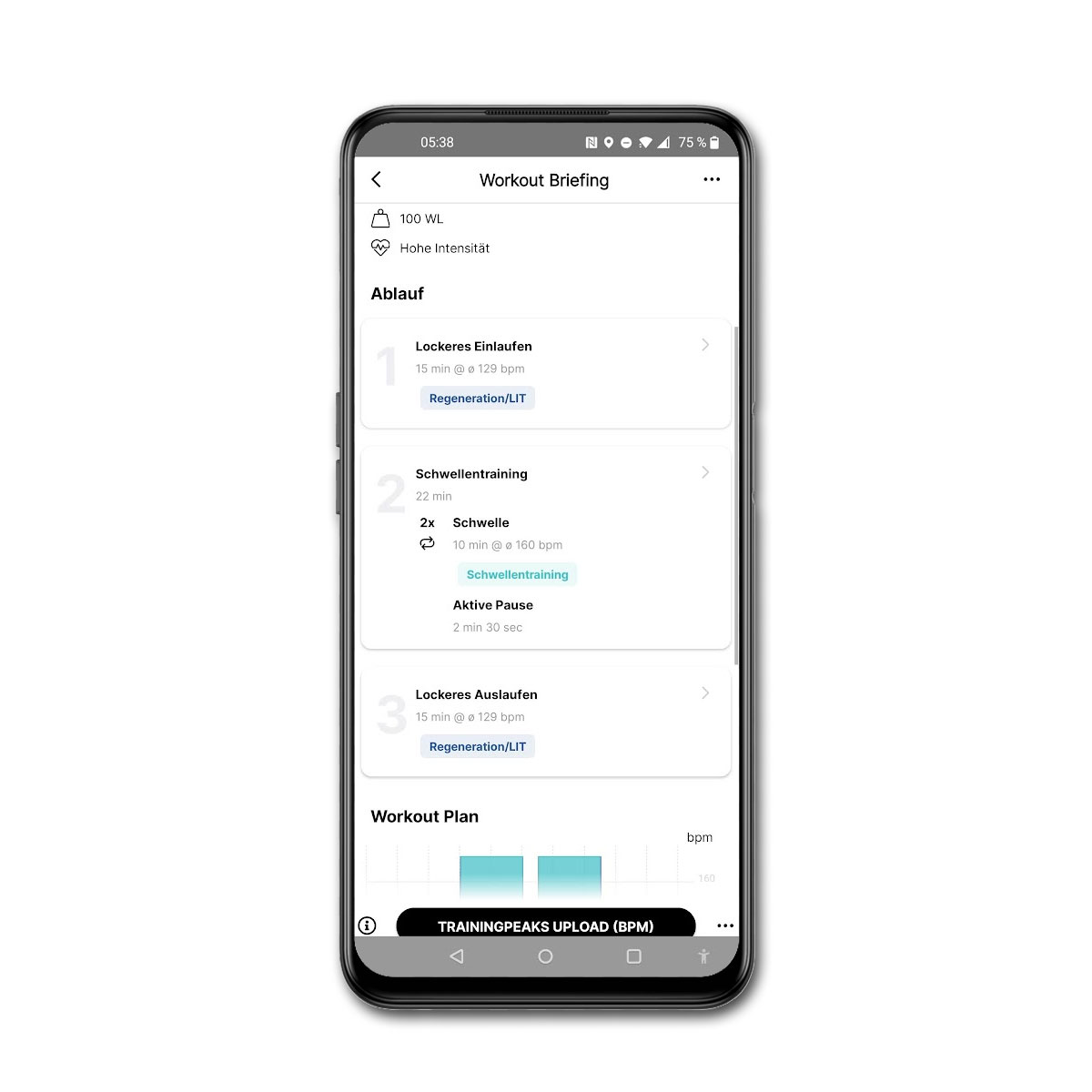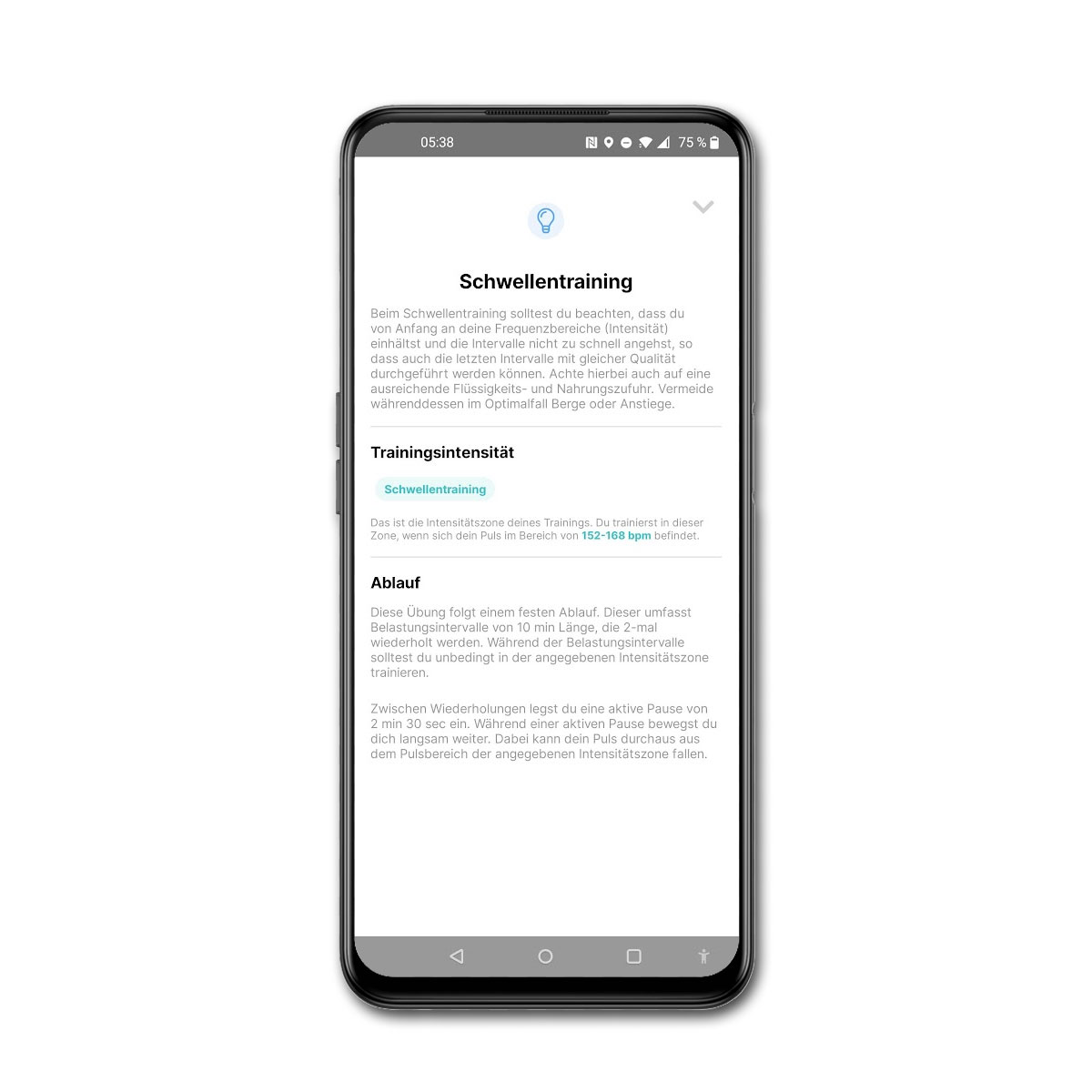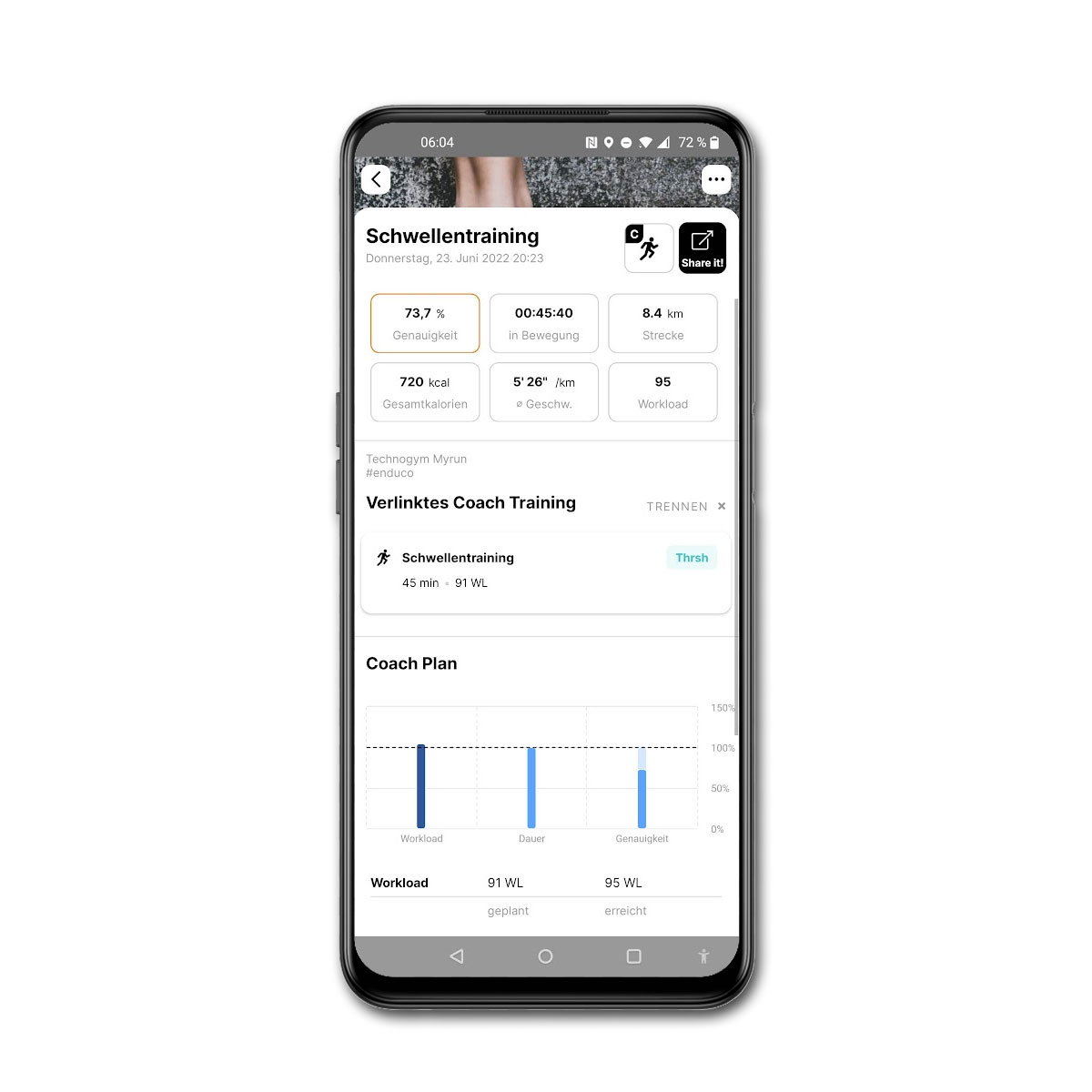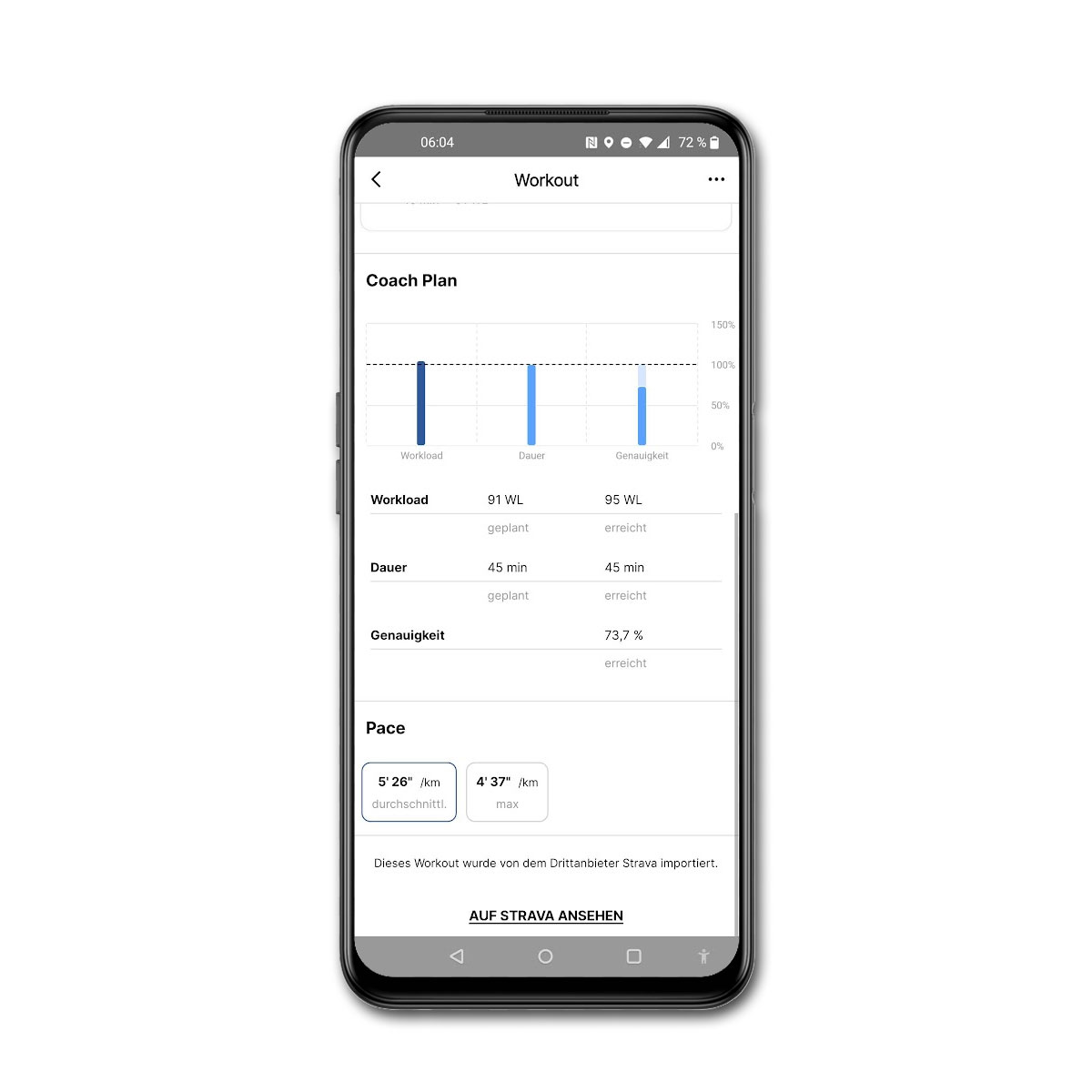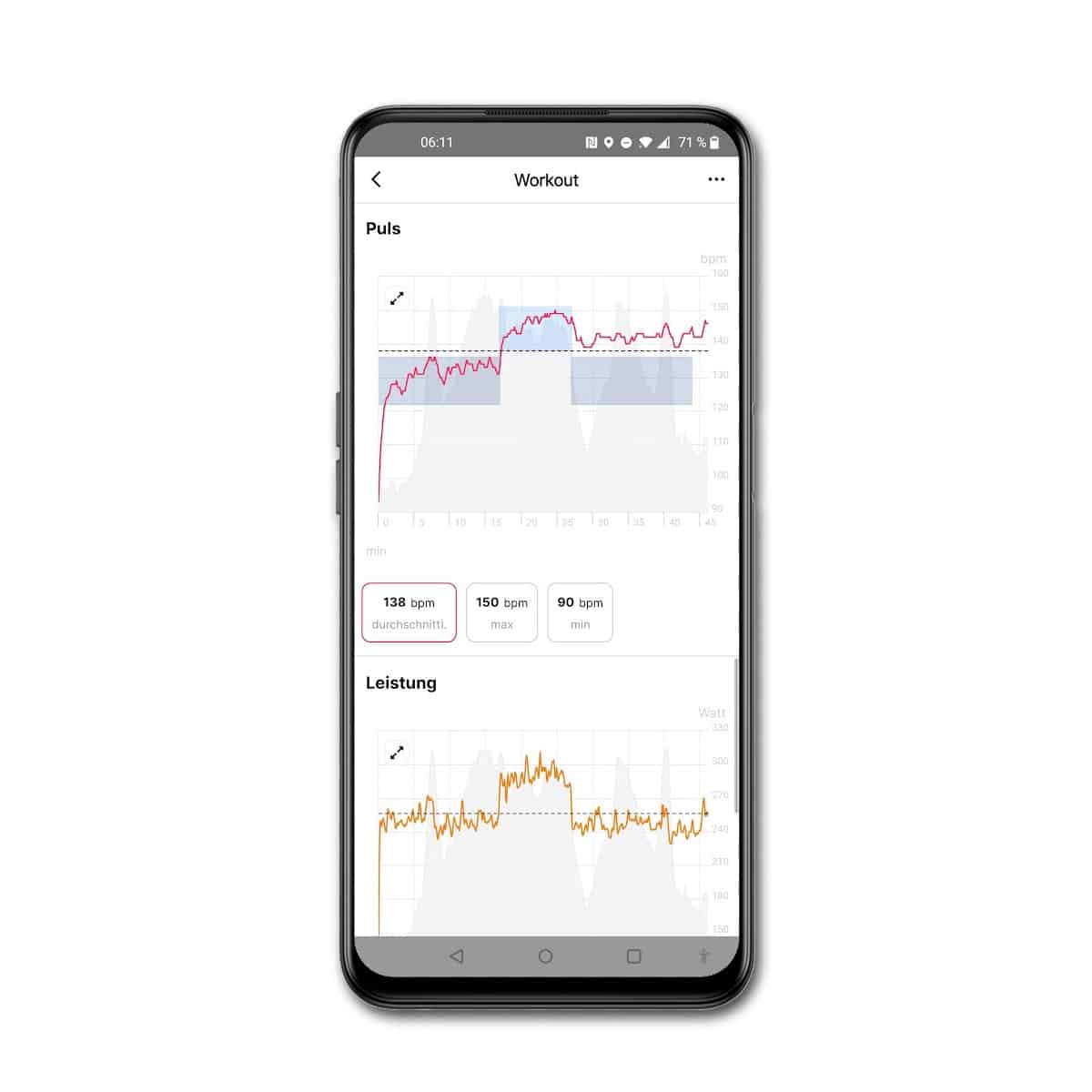Dieser Beitrag ist auch verfügbar auf: Deutsch
enduco promises nothing less than to create an individual training plan based on my training data, my health and my habits to bring me to my best possible performance level. I gave the app a chance… 😉
Anzeige: I was allowed to use enduco free of charge during the test phase. This had no influence on the content of my test report. The article is freely written and exclusively reflects my personal experiences.
Inhalt / Content
My training planning – so far
As with many runners, my first training plans came from the rather thick running books by Steffny or Marquardt. They were just about designed for a certain target time, but certainly not geared to my current running ability. How could they?
Later, I started experimenting with Jack Daniels’ plans and adapting the concepts to myself. From this, I developed my “own” training plans via Excel, which became more and more sophisticated. Until it all became too complicated for me and I started running according to the “Easy Interval Method”.
That was totally exciting and partly successful. But: actually, I just want to run 😉 Of course, I also want to challenge myself in a meaningful way and find out at competitions where that has brought me. And I want to do that alongside my job, family and normal everyday life.
I was probably just ripe for the idea of letting go of all the training planning. At least for a while. That’s when enduco came in handy with their promise to create a truly individual training plan that adapts to my goals, my ability and the time available at all times.
enduco
enduco – Made in Germany
enduco is a young, German start-up. The founders were already involved with online platforms for coaching endurance athletes during their studies (sports science) and soon developed their own.
The idea quickly arose that many of the tasks of creating a training plan could also be done by an algorithm. At some point, this led to the development of enduco.
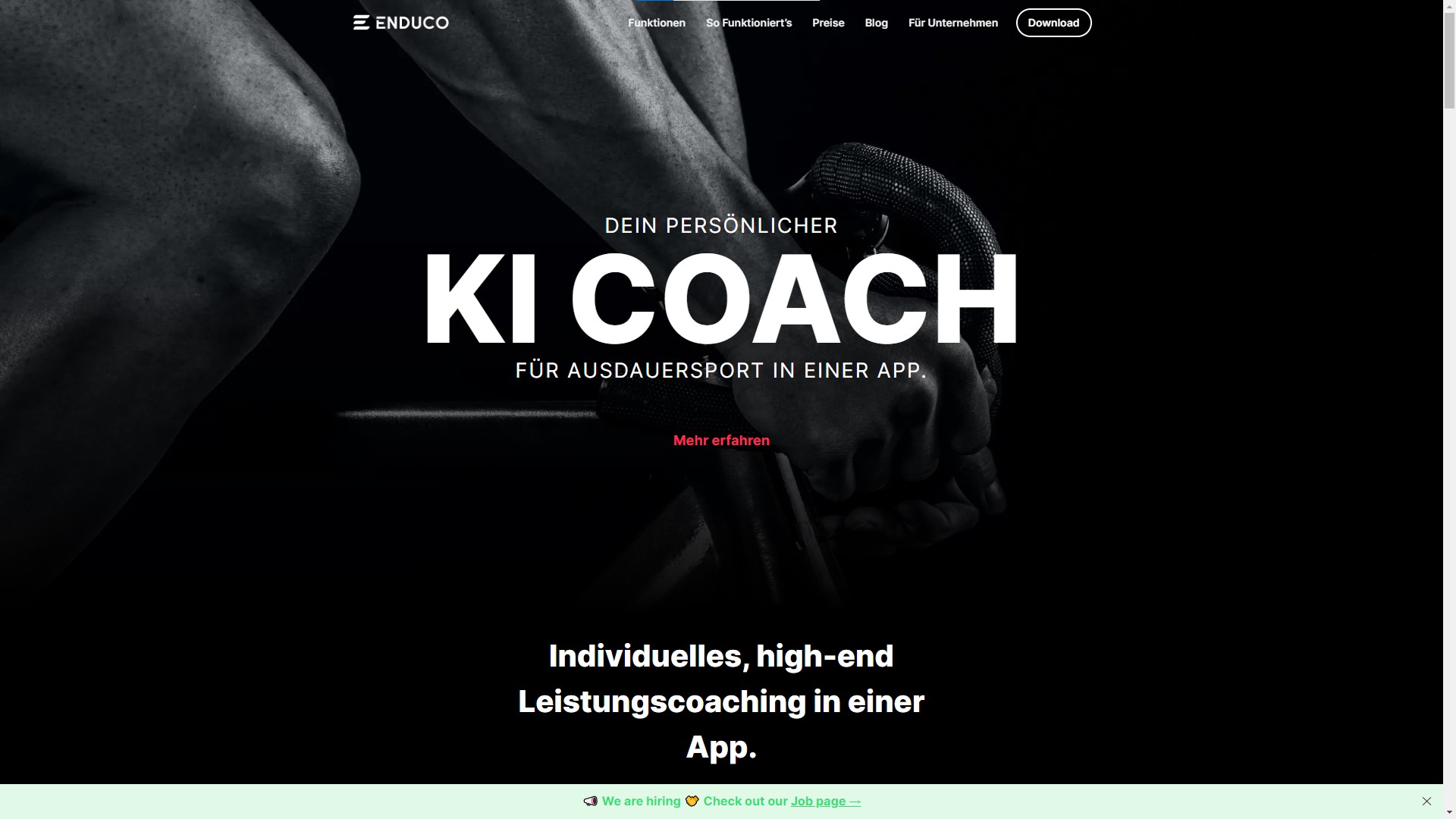
enduco was only founded at the beginning of 2020. The original app had only very limited functions, but by the end of the year a much more powerful pro version had already been added.
In the meantime, they have two years of experience with the app and are, of course, continuing to develop it in the background: with bug fixes and new functions. The users are strongly involved in this process, so that many of the desired functions are prioritised accordingly.
App functionality
enduco is (currently) a purely app-based service. This means that you control everything with your mobile phone (iOS and Android).
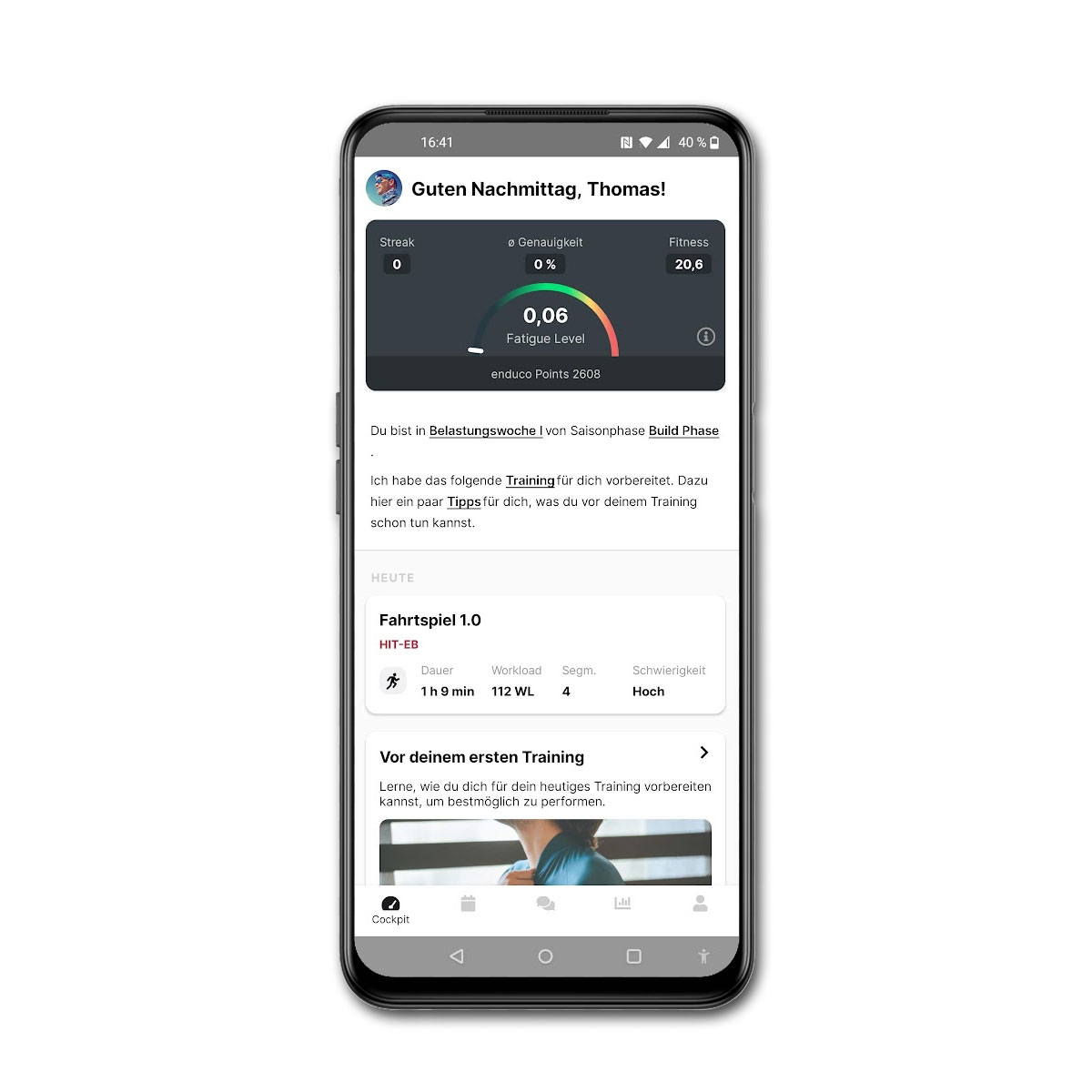
First, you create a profile and have to feed the artificial intelligence (AI) behind enduco with data. Of course, the algorithm needs input to do its work.
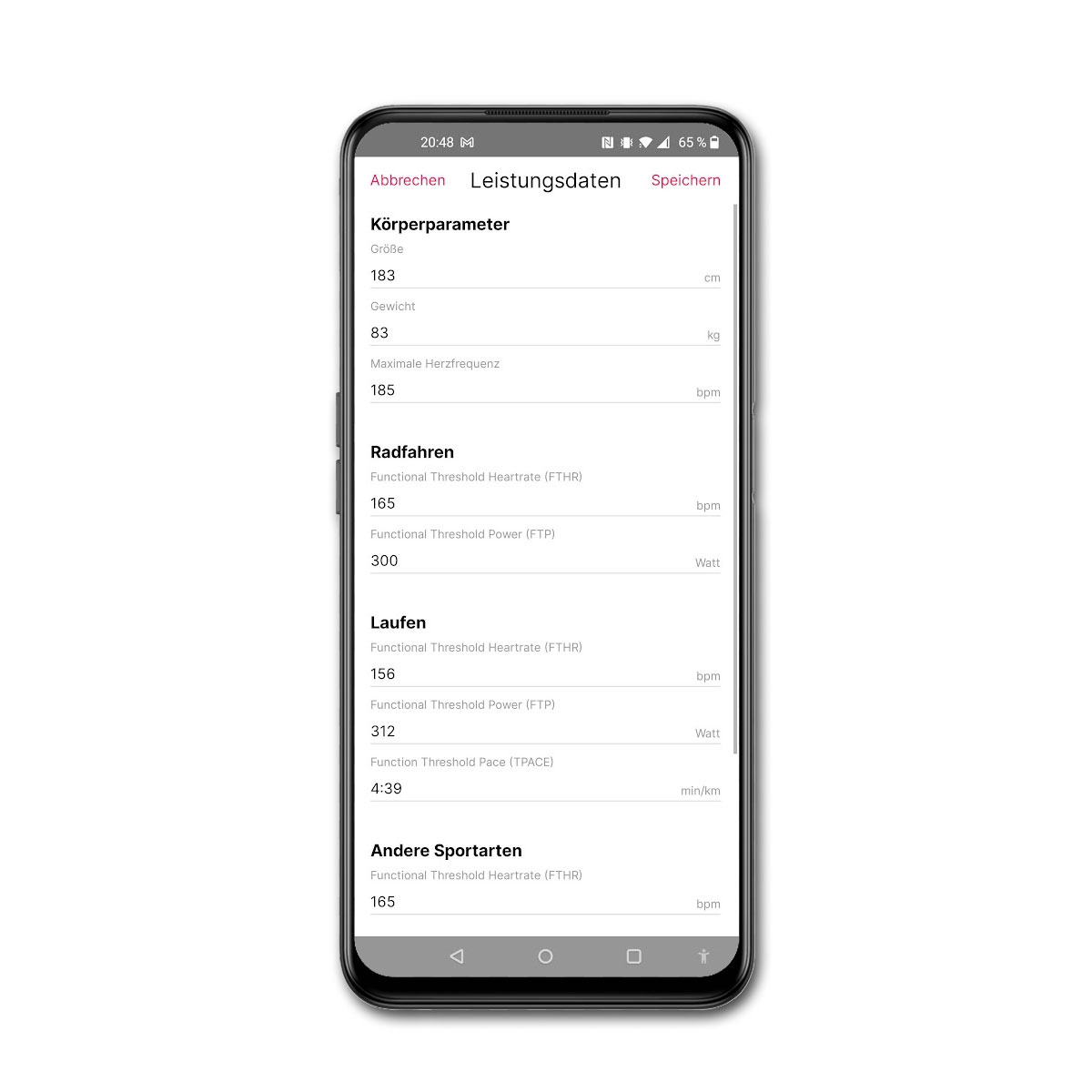
Very fundamental are the body parameters. These include height, weight and maximum heart rate. For cycling and running, the Functional Threshold Heart Rate (FTHR) and Functional Threshold Power (FTP) are also recorded – runners also enter their Functional Threshold Pace (TPACE).
To determine the threshold values, a training session can also be named that contains approx. 20 minutes of “all out”. If an improved value is determined here during training, the app proactively suggests an update of the thresholds.
Import of the training history
Another important basis for the automatic creation of an individual training plan is your own training history. It is recommended to import at least the last four weeks. In case of doubt, more is of course better, but not absolutely necessary.
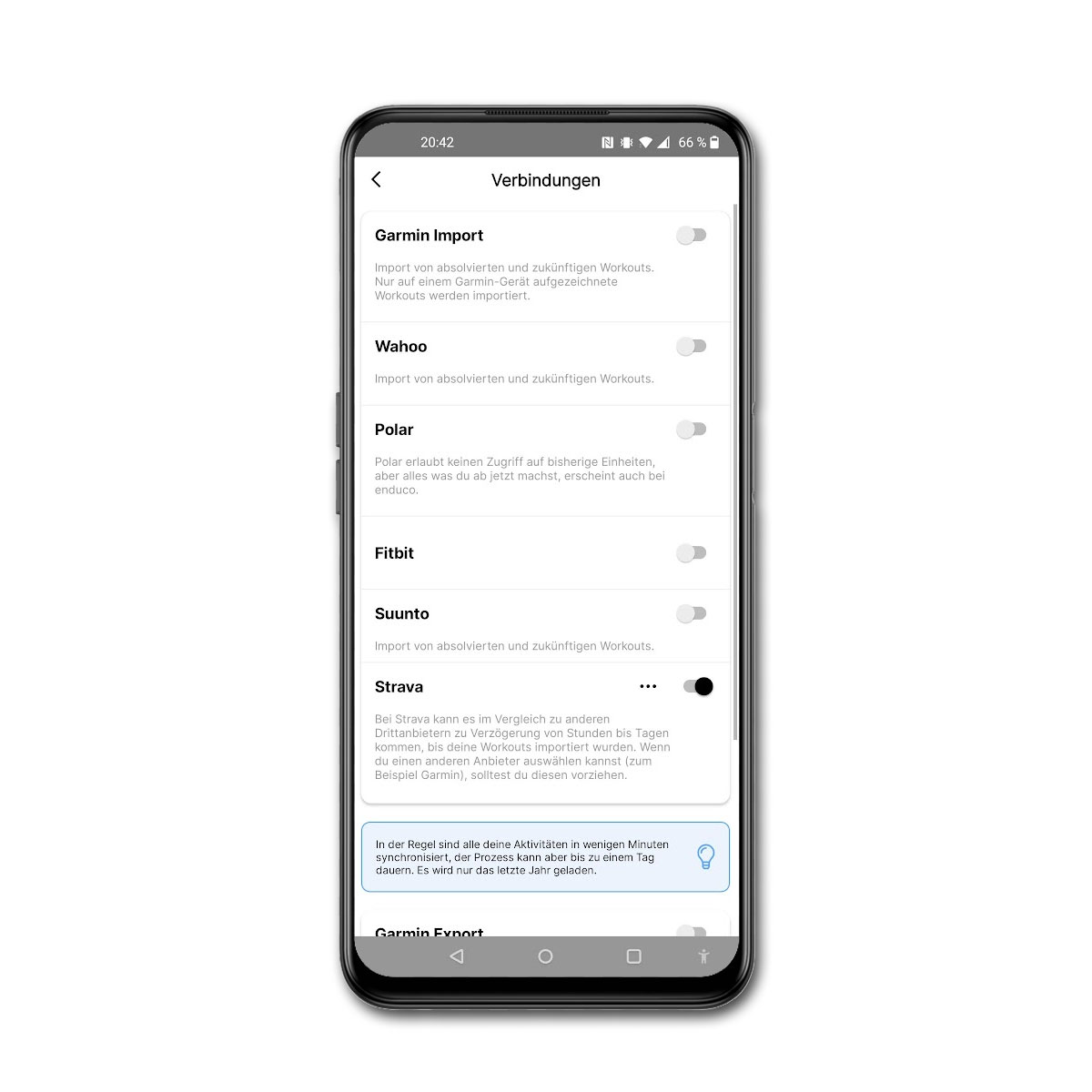
For this purpose, enduco can connect to Garmin, Wahoo, Polar, Fitbit, Suunto or Strava. With the exception of Polar (here the manufacturer only allows the import of future workouts), you can upload your training history.
Since I collect my data with watches from different manufacturers, I did the import via Strava, which worked without any problems. This is also the only possible way if you have a Polar or Coros running watch.

This is also where you configure the export of the training sessions planned later by enduco to Garmin or Trainingpeaks. Unfortunately, neither Polar nor Coros offer an interface to import structured training workouts. For Coros watches (probably also for Suunto, but I could not test it), the ” bypass ” via Trainingpeaks works perfectly.
Set up a training plan
enduco is aimed equally at runners and cyclists. The coach plan therefore first asks for the (main) sport. You can also select running and cycling at the same time and train both. In addition, you can select whether enduco should also include athletic training.
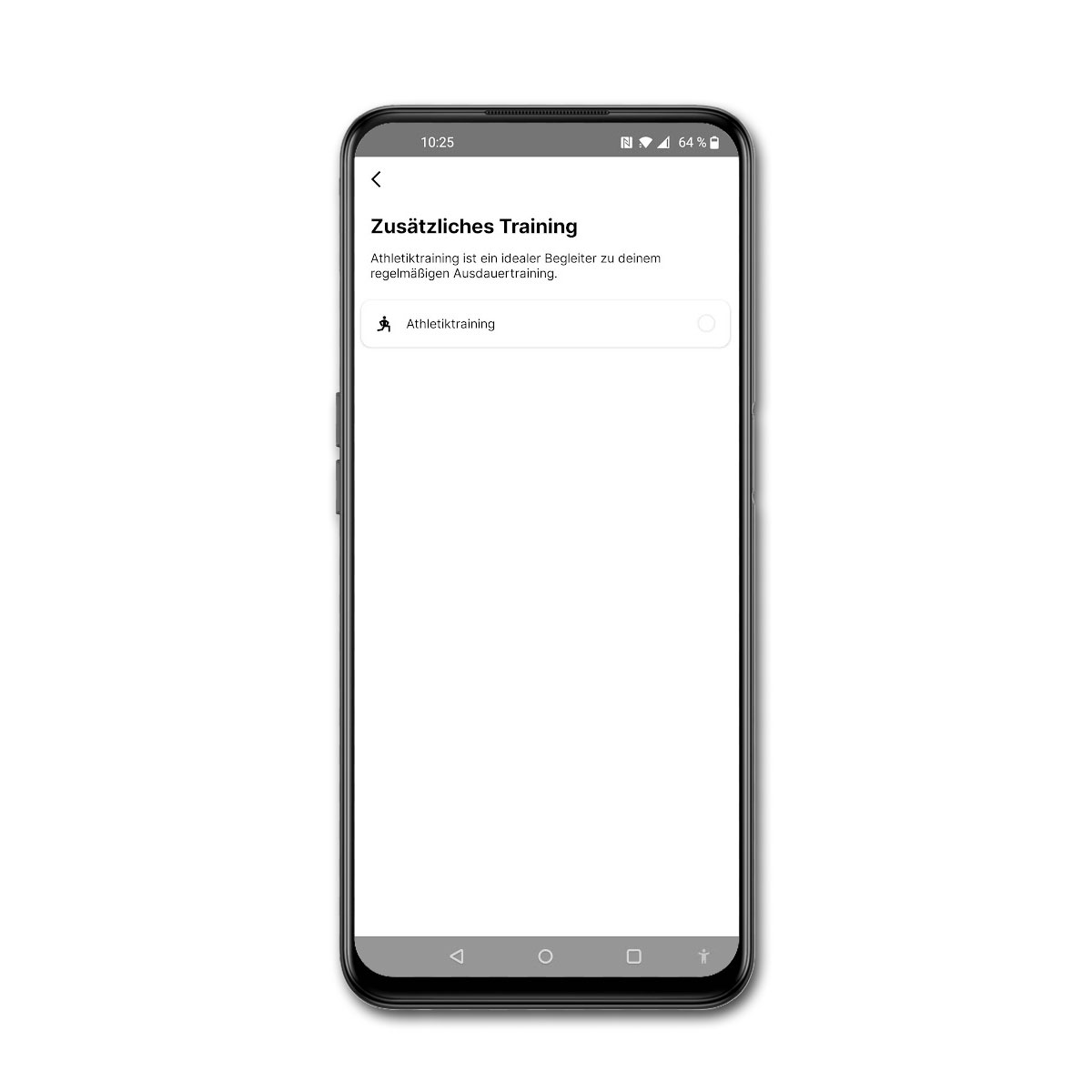
Then it’s time to define the goals. enduco always looks at a complete season, which can include several competitions.
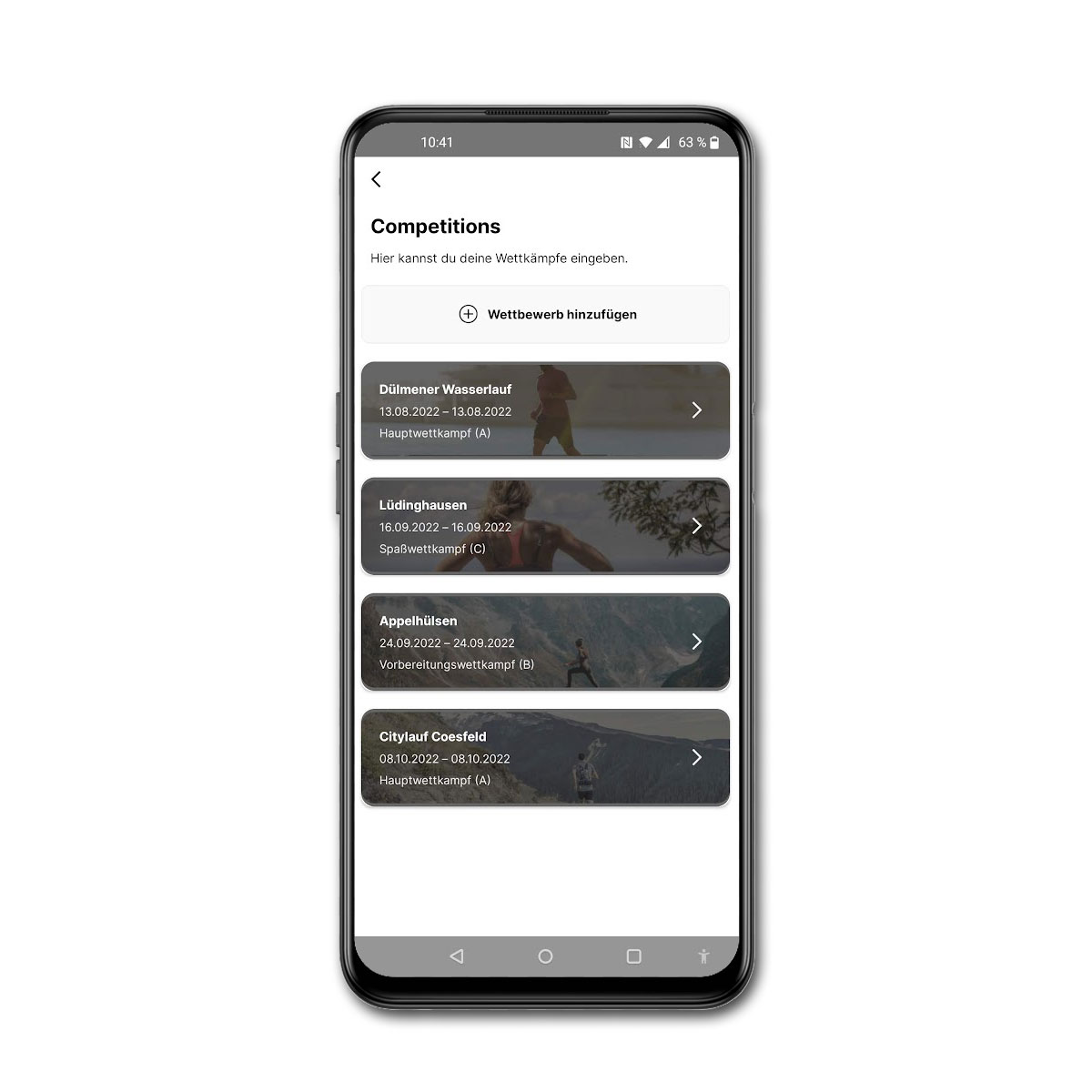
Each race is recorded with the type of sport, distance, altitude and, of course, date. In addition, a competition can also consist of several sections if it takes place over several days (stage races) or consists of several sports (triathlon).

The competitions are also qualified as a main competition, a preparation competition or a fun competition, which primarily affects the tapering planned in each case.
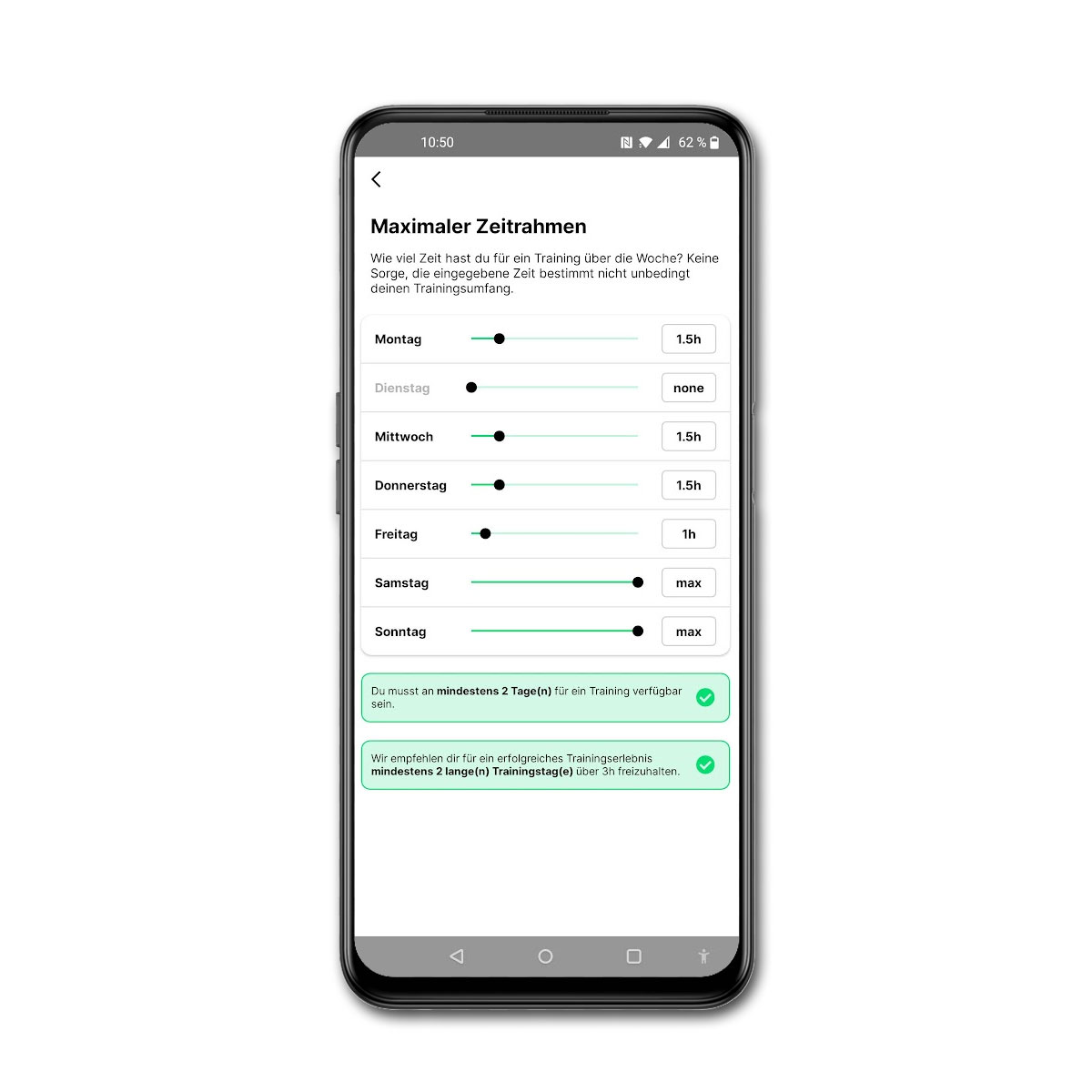
In the next step, you plan the maximum time frame that you have available for training per weekday. This does not mean that enduco directly allocates every day for training! But you can tell the AI that you never have time to train on Tuesdays, for example, and that you only have a short time on Fridays and that the long runs should be scheduled for the weekend.
Of course, there will always be deviations from these standard settings in everyday training. This is then regulated by the “coach” and does not need to be taken into account here.

The time frame does not determine the workload. It is entered in a separate setting or initially suggested on the basis of the training history. It adjusts automatically over time or can also be influenced manually.
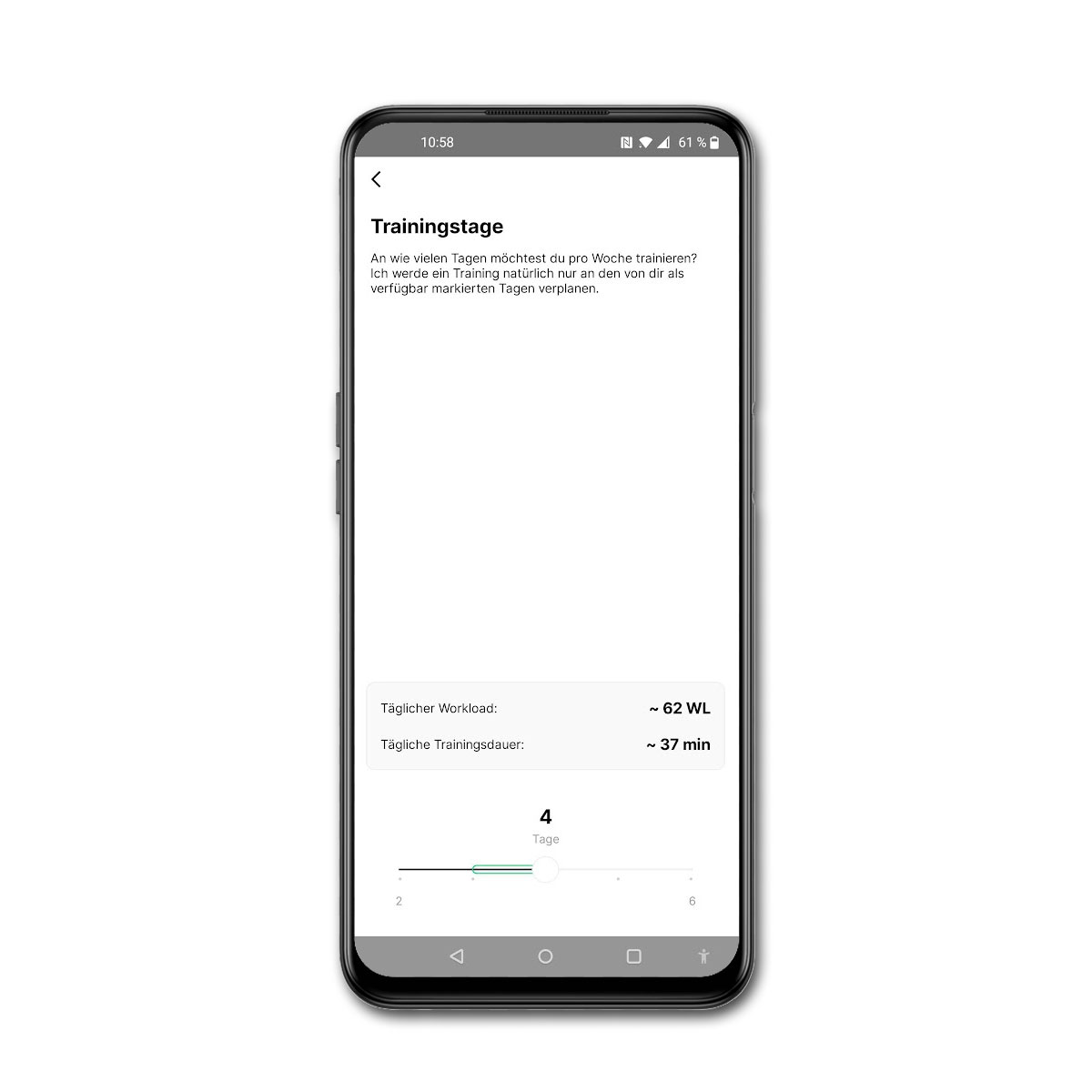
Then there is the question of how many days per week you would like to train. Here, too, enduco suggests a reasonable range, but leaves the user free to choose. If you distribute a manageable workload over many days, you will only get a short workout every day.
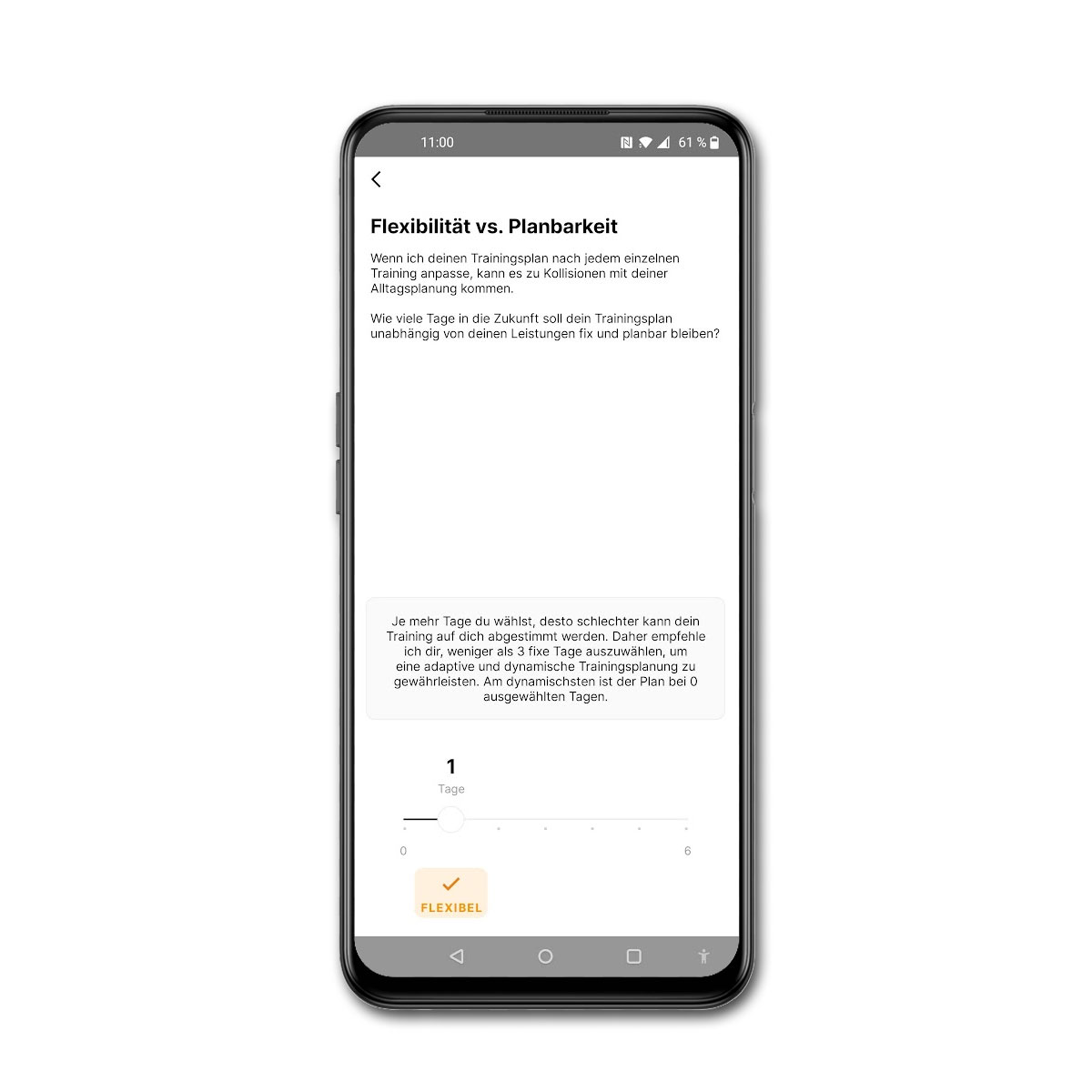
The last important adjustment screw for the enduco AI is the definition of the flexibility of the training plan. Should the complete training plan be able to adapt after each training session? Or should the next days remain fixed and plannable?
enduco specifies a time window of a maximum of three plannable days before the plan would become too undynamic and the AI would no longer be able to play to its strengths. However, full flexibility also means that you will not really know what to train until the day of the next training session.

The Feeling Factor can be used to give the app additional information about fatigue, sleep and muscle soreness. These are asked for at a configurable time in the morning and can influence the training recommendations.
Cockpit and load management
Once you have set up your coach plan, the first planned training sessions should already be in the calendar. You can always find the next training session directly in the cockpit of the app.

This homepage starts with a neat display of the current training load. The displayed fatigue results from the ratio of the short-term to the long-term load.

If you stick to the training plan, you should usually be in the range between 1 and 1.3, i.e. in the performance range. A further display of form, fatigue and fitness can be accessed by tapping on the graphic.
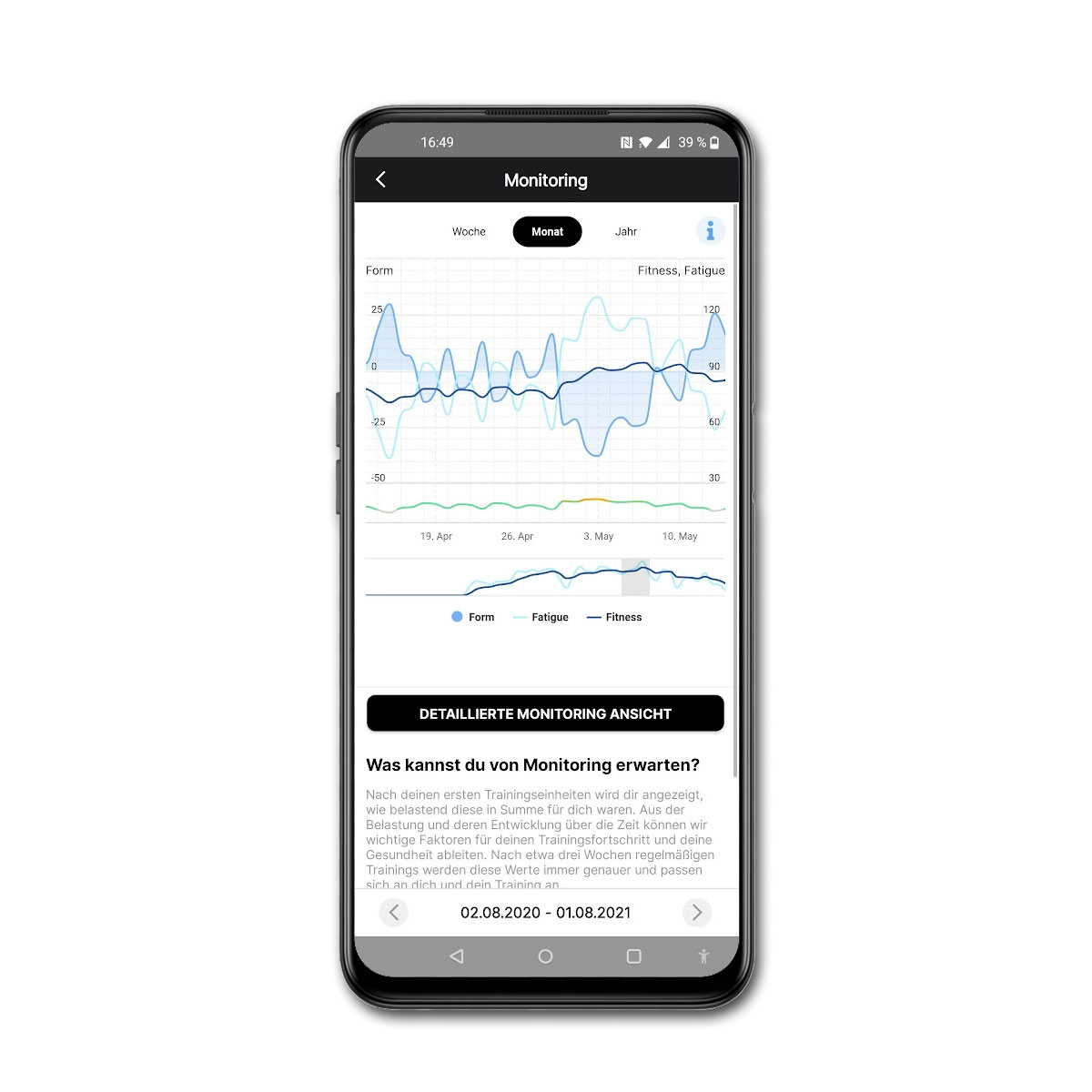
The individual factors can be displayed in even more detail from here – always, by the way, as in the entire app with detailed and helpful explanations of the individual functions via the info icon.
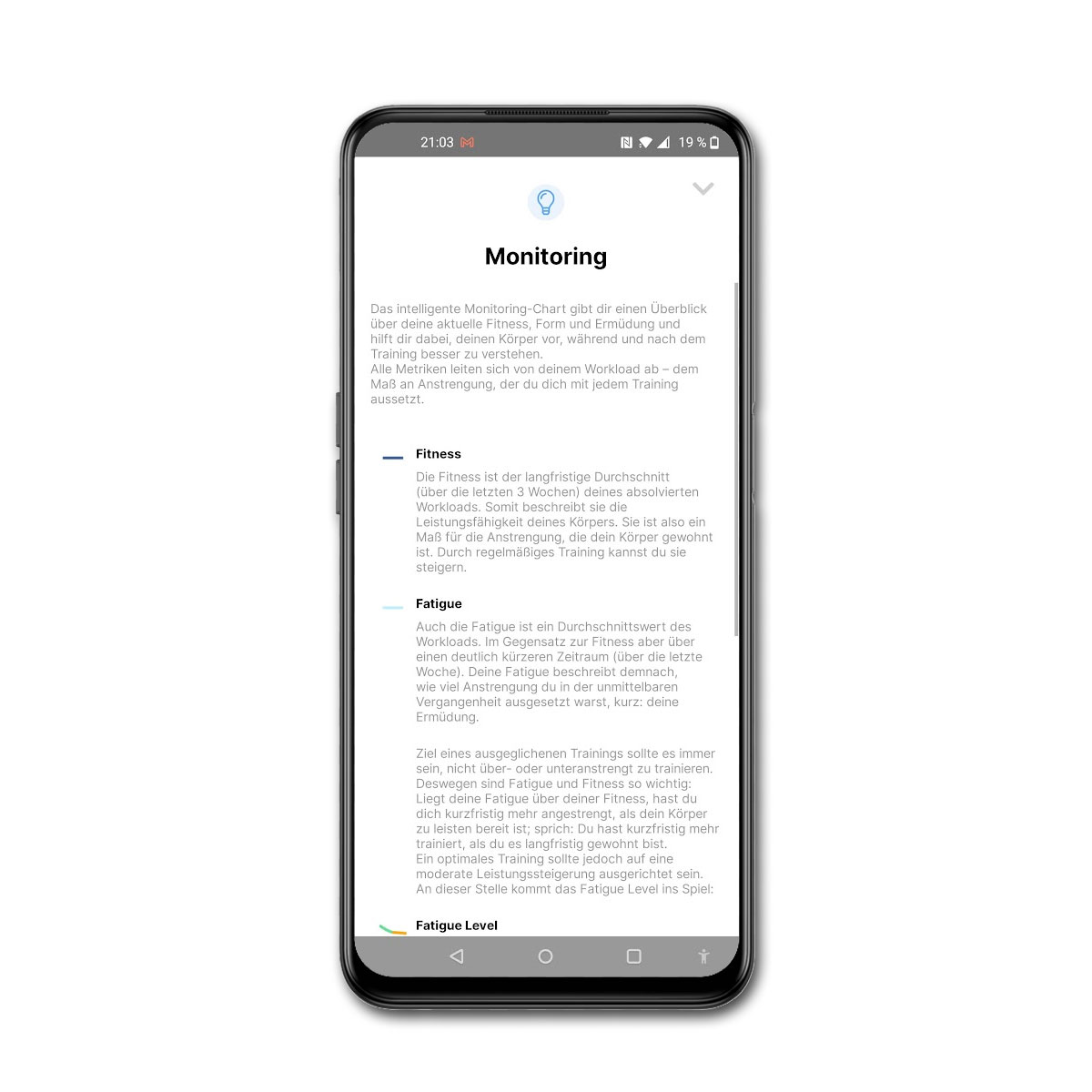
Trainingplan
enduco always plans over a complete season and not just up to the next competition. You can get an overview of this planning via the “Season” tab in the calendar.
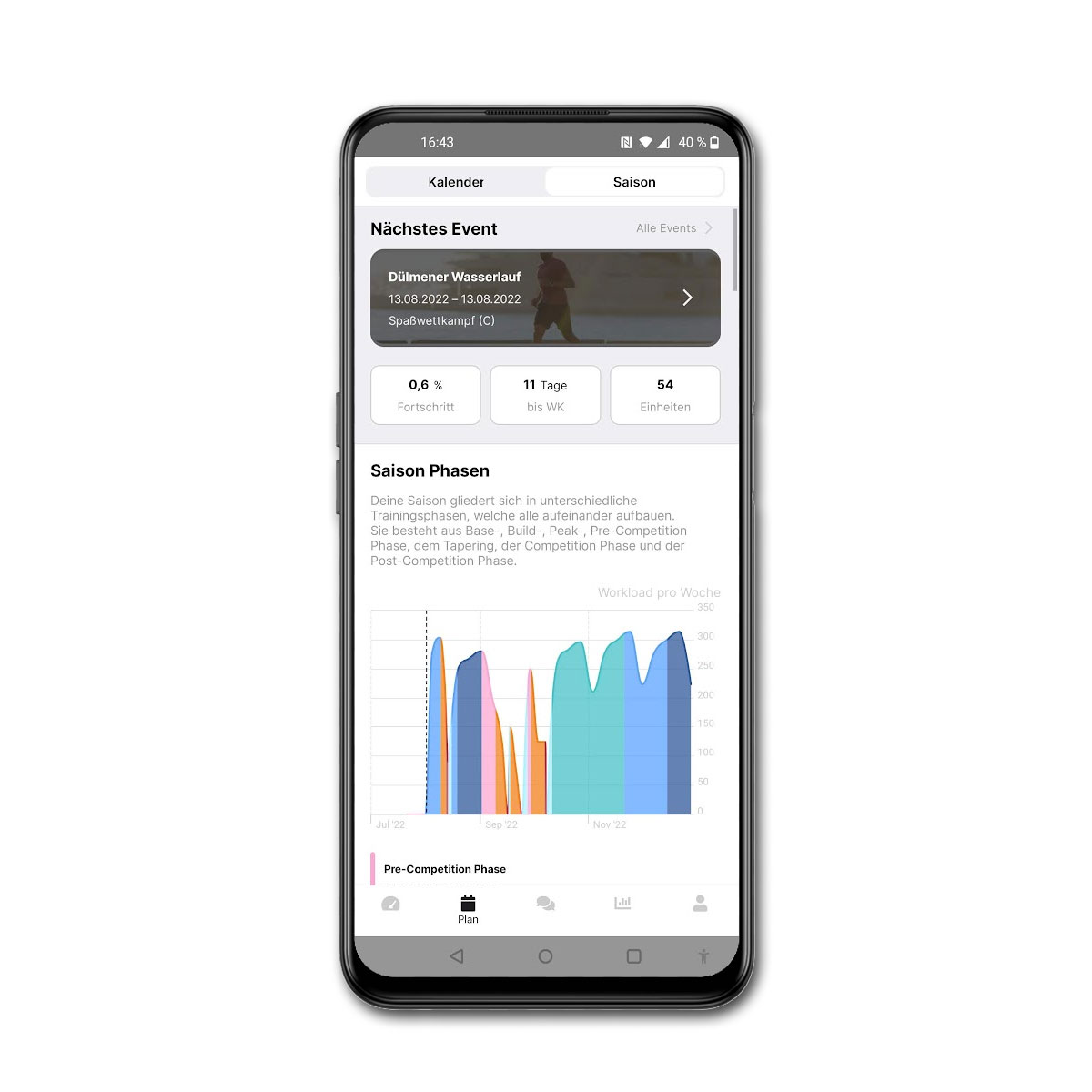
In addition to the graph of the weekly workload, you can also scroll through a list (and explanation) of the individual phases and thus track your progress.
In the cockpit and the calendar, you are always shown which phase of the season you are in and what the focus of the current training week is.

The calendar can be switched between a weekly and monthly view. A small dot under the date marks the current day, while the circles indicate a planned workout. The size of the circle even gives information about the workload. A star marks competitions.
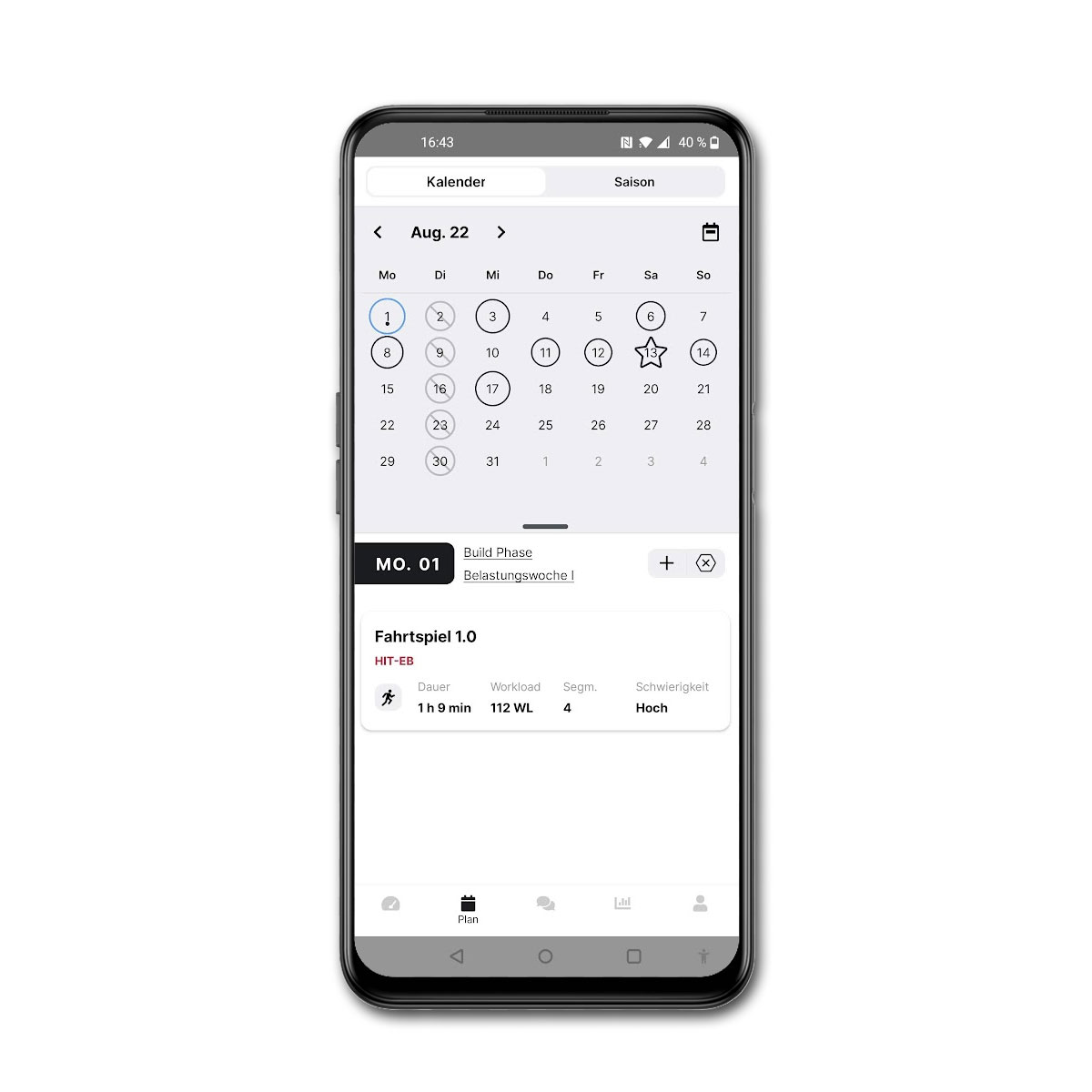
Even though three weeks are planned in advance, this should only be used as a rough guide to what is coming up in the near future. Depending on the flexibility of the plan, changes are made here almost constantly.

Each training session is displayed in the cockpit and in the calendar with a short “profile”. Tapping on this opens a detailed description of the training session.
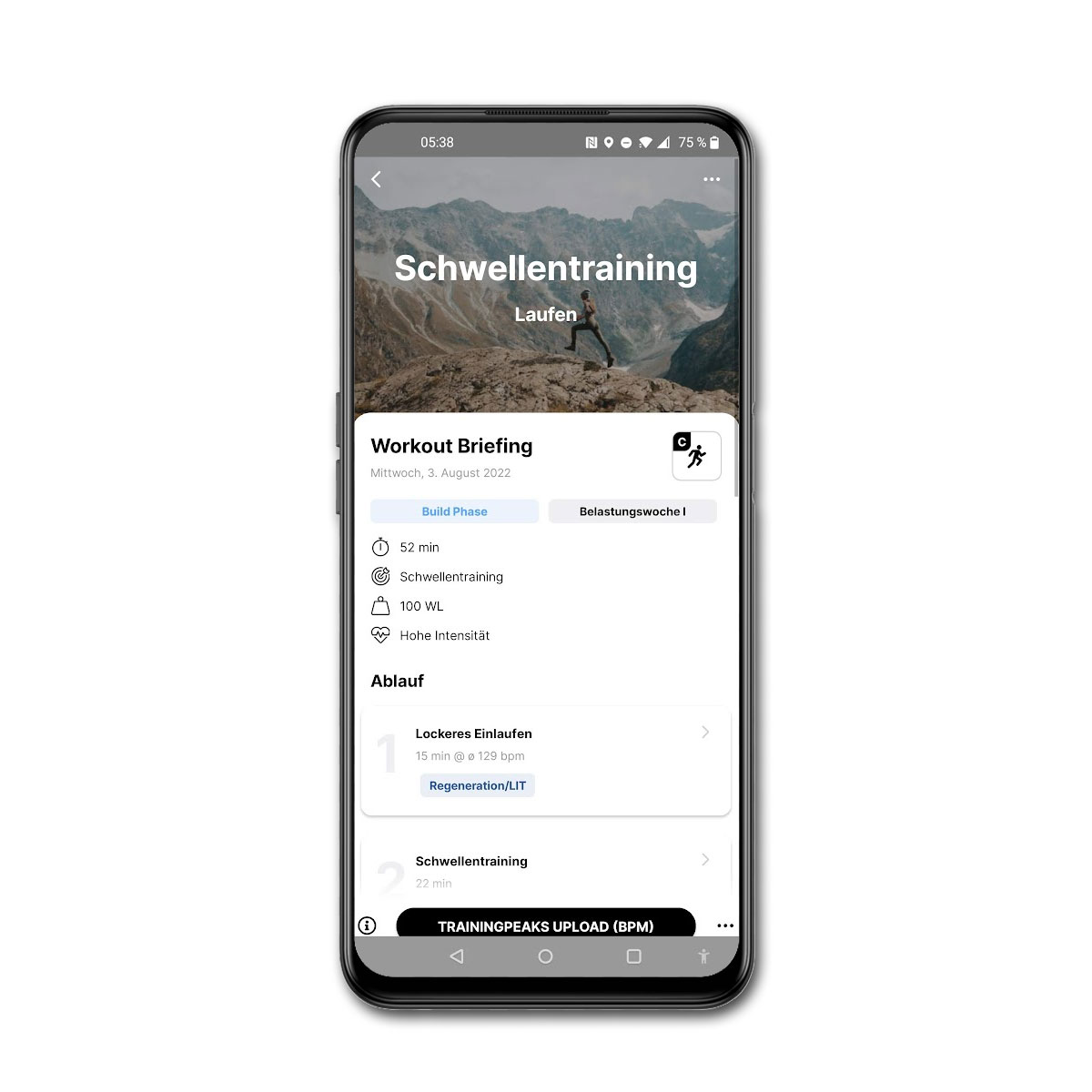
In the workout briefing you get a good overview. Each phase of a structured training session is described in detail and explained again if necessary.
Finally, this routine is displayed graphically – just like the planned time in the zones.
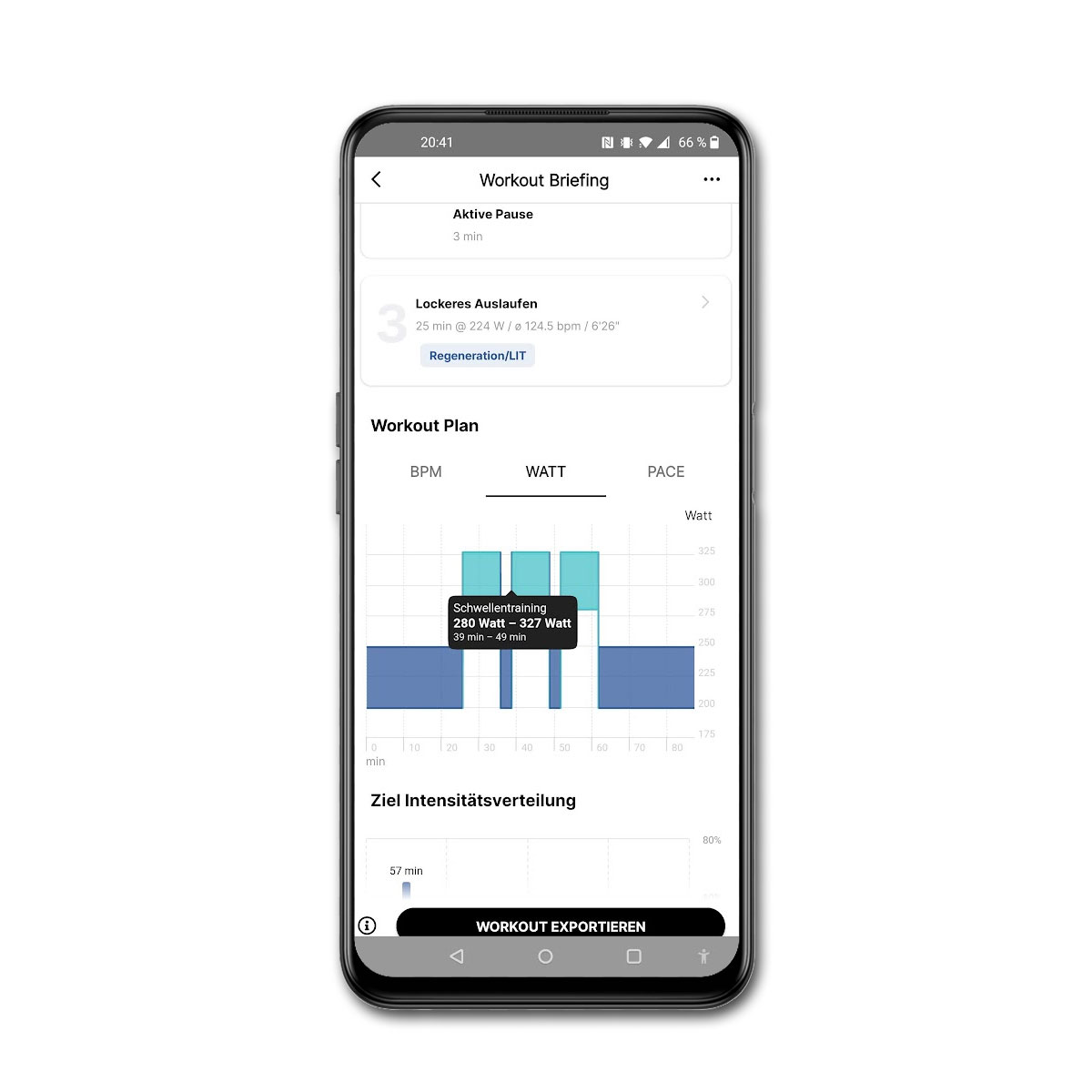
The planned training session can be exported directly to Garmin, Suunto or Trainingpeaks and then handed over to the running watch (or cycling computer). Alternatively, you can manually export a .fit, .zwo, .erg or .mrc file.

Since the latest update (version 4.5.0), you can choose whether you want to train by power, heart rate or pace when exporting. This query comes up every time, so that you can export basic runs with HR specifications and intervals with watt specifications.
Completed workouts are then compared with the targets and feedback is given on the accuracy of compliance (in addition to the usual information such as duration or pace).
If you have not met the workload targets, this will have a direct impact on the next units: enduco always tries to meet the planned weekly workload and adjusts the remaining training sessions accordingly.
Adaptability
Once the training plan has been set up and the training is running, you turn to the “coach” with any special requests.
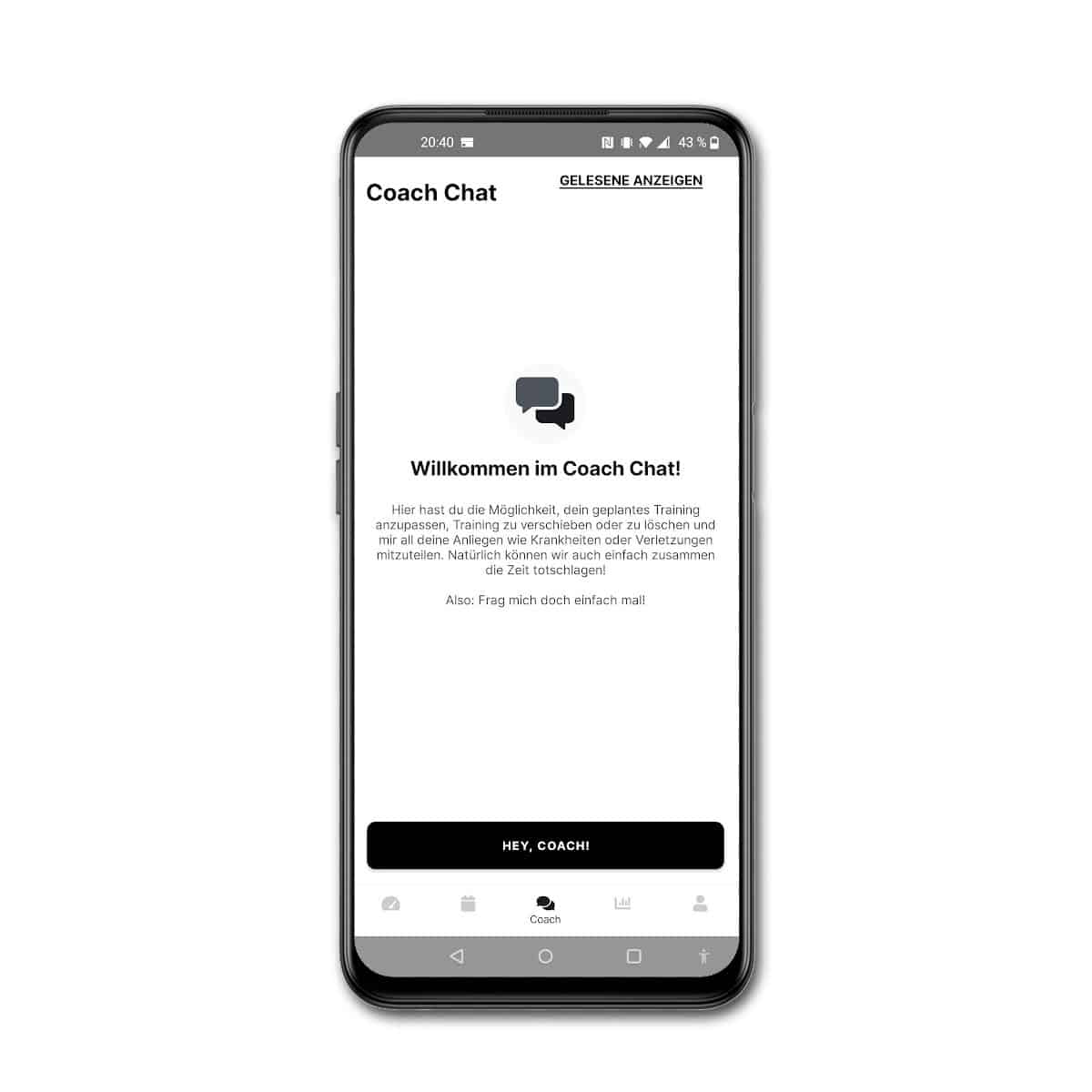
The current day can be adjusted via a guided chat with the AI coach. The possible options are always offered as a selection.
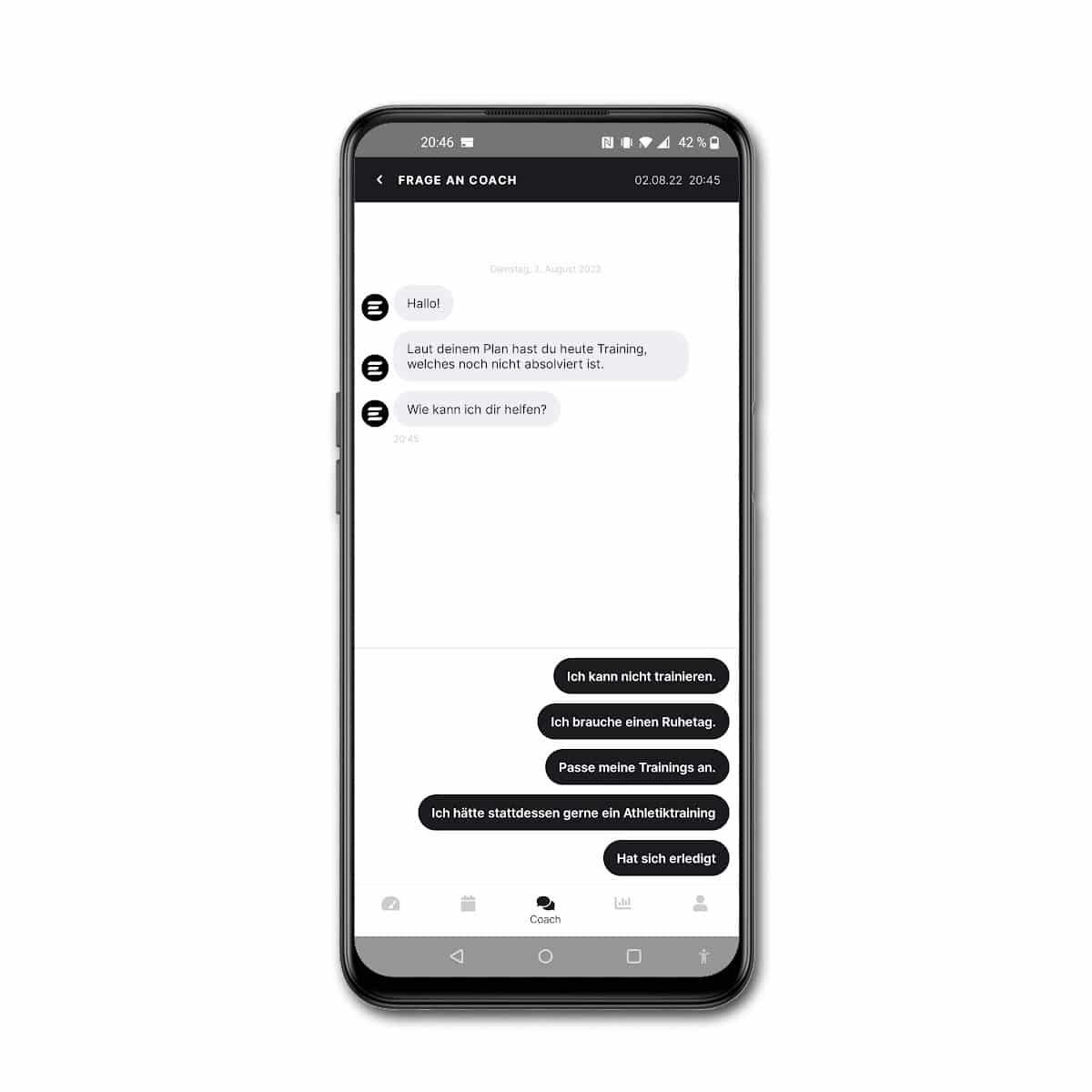
In this way, you can adjust the duration or intensity of the training planned for today, but also have a rest day planned. If no training is planned but you still want to get out, the coach will suggest a reasonable training.
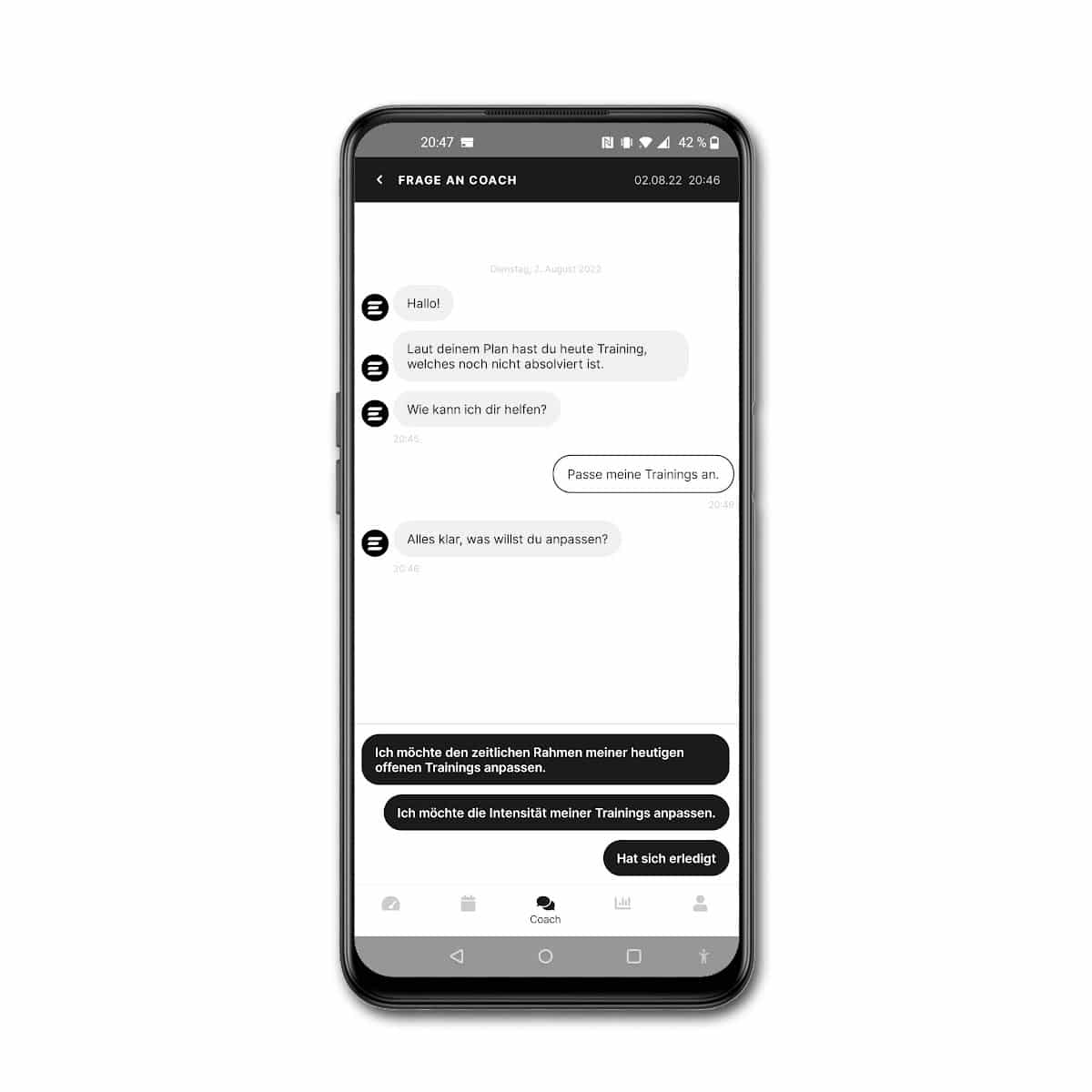
If you cannot train due to illness, enduco will plan a break and contact you after the agreed number of days. Then you can extend the break, or you can be gently guided back into training.

Workloads outside the enduco plan are also taken into account if they are synchronised via Strava, for example. A manual entry of duration and RPE would also be sufficient in order to get a workload in enduco. This is then taken into account in the weekly planning. Alternatively, you can also make a manual entry in enduco.
In the same way, checking the feeling factor in the morning can lead the coach to modify the training slightly. For this to happen, however, there has to be a significant change on the muscle soreness or fatigue scale.
Principles of training
Logically, there is no fixed training plan in enduco that promises a defined target time over the selected distance in a certain number of weeks. Instead, enduco picks up the athlete where he or she stands at the moment and tries to use the available time optimally for the training in order to achieve the best possible result in the competition.
Of course, there are basic principles that guide the AI coach – according to enduco, of course, based on current training science research. When planning the season, for example, you can easily see that enduco uses a periodisation suited to the competitions. In these training phases, the load and recovery is then brought into an optimal relationship through the effectively planned training stimuli.
enduco uses the principle of polarised training: the intensities are controlled via the “time in zones” and individually adapted to the athlete. The entire plan always takes into account the athlete’s own fatigue, recovery (feeling factor) and age.
Feature enhancements
enduco is still relatively young, but already has a considerable range of functions that certainly offers users significant added value. Nevertheless, development does not stand still, of course.
Recently, enduco published a small teaser for the next update of the platform. It shows the possibility to manually move planned training sessions in the calendar.
At the same time, a few graphical updates can be seen, such as the display of the intensity distribution of a workout. But also displays for load control when shifting the workout to find sensible placements here.
Those who want to find out more about planned functions can take a look at the roadmap.
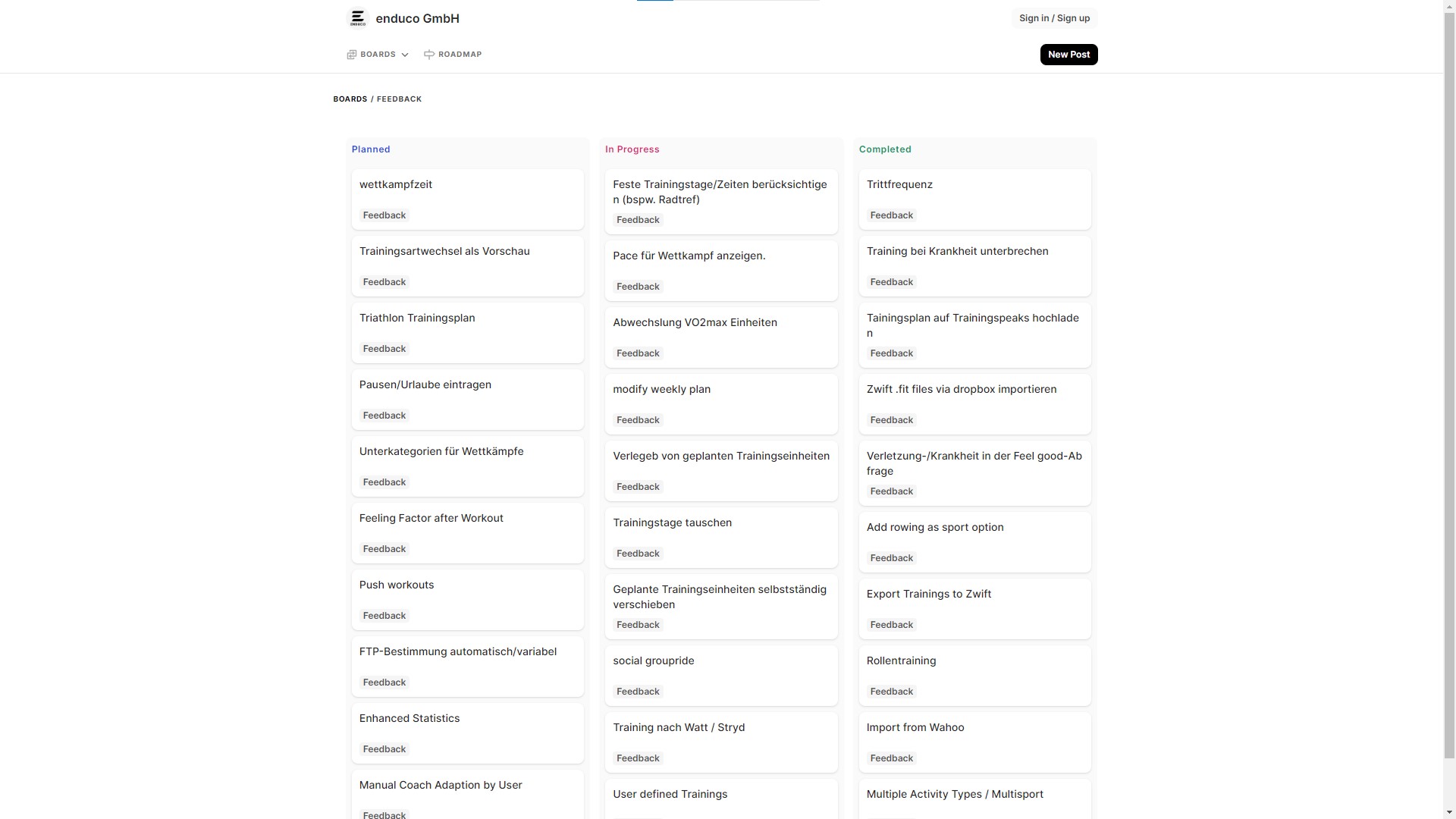
The roadmap is based on user feedback, which is collected on the enduco board. Here, everyone has the opportunity to suggest their own feature requests or bug fixes and can also vote for other users’ suggestions at the same time. This gives the developers a pretty good picture of the priorities.
As a user, you can see which ideas are currently being considered or even already being worked on by enduco. Many of the functions teased above are therefore already identifiable on the board as “In Progress”.
Subscription model
Entering the world of enduco is free of charge. You can install the free version of the app on your mobile phone at any time. However, it only offers a very limited range of functions.
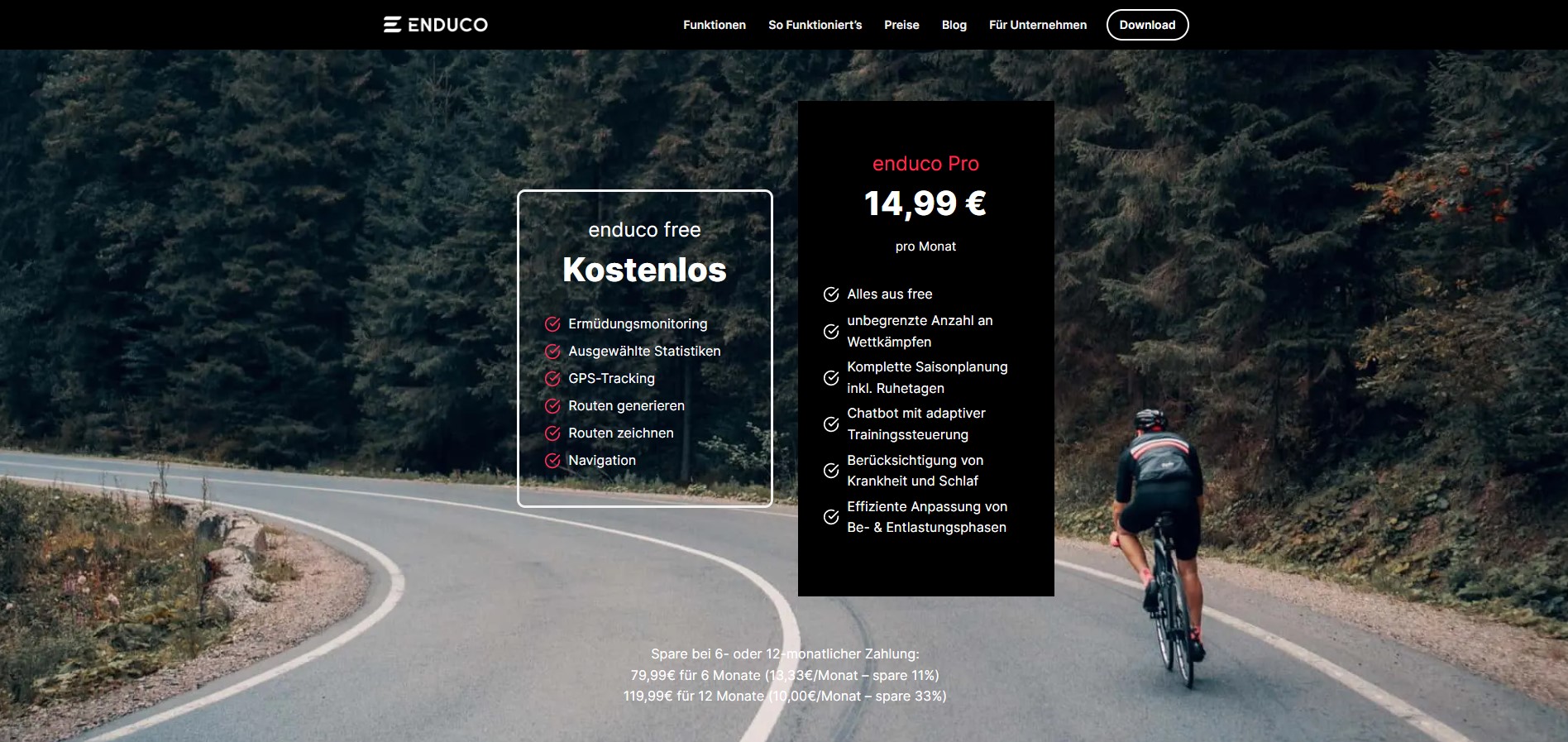
For the Pro version, you first get a free trial period of 14 days, during which you can put the app and functions through their paces. If you are convinced of the benefits, you pay 14.99 euros per month or save up to 33% on the price if you pay semi-annually or annually.
To preface part of my verdict: I opted for the annual subscription, reducing the price to the equivalent of 10 euros a month.
Practical experience
I used enduco very actively for over three months, preparing for specific competitions and having to reschedule my training every now and then due to holidays, work and illness.
At first it felt strange for me to hand over the control to enduco. I am used to knowing the complete training plan up to the next competition. It also helps me to have the planned units for the week fixed in the (Trainingpeaks) calendar.
That’s why I initially exported the entire weekly plan to Trainingpeaks – only to find out the next day that enduco had made changes to the plan 😉 Of course, this could be changed by restricting the flexibility of the training plan. However, I wanted the dynamic adjustment and therefore only ever transferred the unit scheduled for today to the watch.
Trainingplan
When planning the season, you should make sure that the competitions are properly classified. In order for a proper plan to be created, I would limit myself to 1-2 main competitions per year and enter other events as fun competitions. Only this way enduco can plan a long-term build-up.

The scheduled training sessions were always easy for me to do and seemed to make sense to me. There was also enough variety so that it was never boring. The workload of the threshold, tempo or VO2max units was always chosen in such a way that I felt challenged but never overwhelmed. To be honest, I rather had the impression of being a little underchallenged. But I think that’s just as it should be. 😉
However, enduco’s artificial intelligence is not perfect either and you should have a critical mind. With all manual interventions in the training plan, the AI always tries to maintain the planned workload for the week.
If I turn the planned threshold runs during the week into base runs through dialogue with the coach, I might get a VO2max session of two hours written into the plan at the weekend. Although this leads to the desired mathematical result, it doesn’t necessarily make sense. However, in my experience, this has only happened when I have pushed the AI into a corner myself through my interventions.
enduco sometimes seems to stick to principles too much: two weeks of tapering before a 10-kilometre race certainly make sense after a long training phase – but not if I could hardly train in the two weeks before tapering.
Other “peculiarities” of enduco I grudgingly accepted at first, only to learn later that they worked well for me: 2-3 more intensive sessions just before the competition, for example.
Technical hurdles
The freedom to control your training according to heart rate, pace or power also has its pitfalls when it comes to later evaluation. Running by heart rate, for example, leads to an “accuracy” (i.e. adherence to the planned time in the zones) of 95-100% for basic runs. This value drops significantly during tempo runs because I can’t bring the heart rate down into the desired zone 2 during the interval breaks or after the tempo part.
This means that the actually motivating value of accuracy quickly becomes a frustration factor and can no longer fulfil its actual purpose of recording the compliance with the training targets. So you should always make sure to choose a sensible option when exporting.
Another point I don’t quite understand: I can export workouts to Trainingpeaks but not import anything from there. Although I collect my data there, I also have to take care of having clean data on Strava, because that’s the only way I can get my training back to enduco. Of course, if you’re using a Garmin, you won’t have any of these problems.
Last little thing: I think the integration of athletic training into the plan is great. I even like the suggested exercises. Unfortunately, these workouts are not synchronised with the watch, so I have to follow the text in the app and take care of the timings myself. This could definitely be solved better.
Race-Results
Due to the dynamic nature of enduco’s training planning, it is difficult to discuss the underlying principles and “training philosophy”. Whether a training plan has worked, however, always becomes apparent on racing day.

Having just come back from a long injury break, the preparation for the first race of the season was still very unstructured. The run in Nordkirchen gave me a time of 47:50 min over 10 kilometres, which I was quite satisfied with.
Afterwards I started training with enduco and only had about four weeks to prepare for the Johannes Run in Lette – including the Venloop as a preparation race.
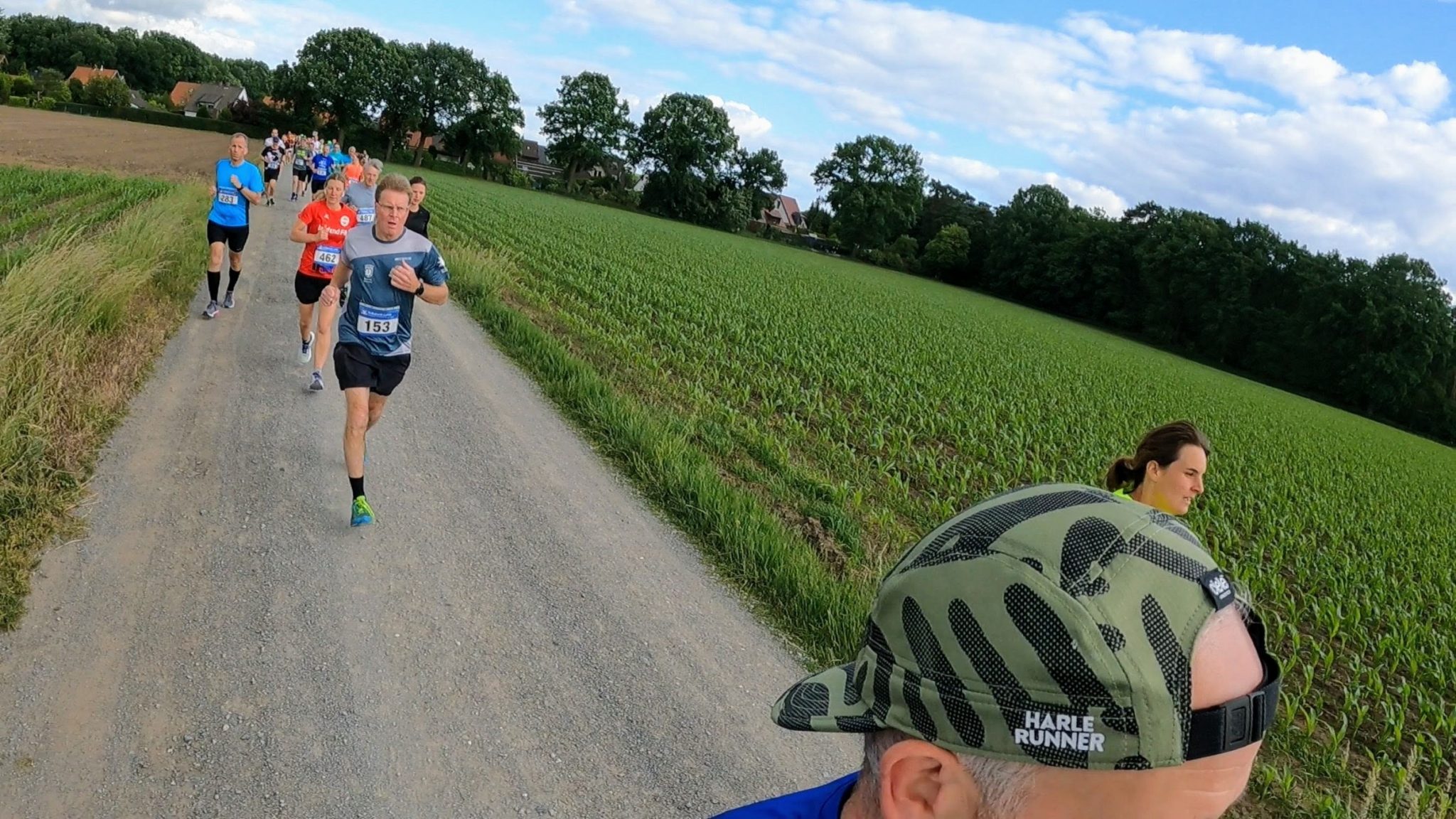
I ran the race in Lette completely by feel and “comfortably at the threshold”. Especially in the first half I even held back. Therefore, the result was all the more surprising for me: with 46:26 min I had improved by almost one and a half minutes compared to Nordkirchen!
Conclusion: I have a new Coach!
All in all, enduco surprised me very positively. That much so that I subscribed immediately for a year after the test period.
The enduco training plan prepared me well for my competitions, was varied and easy to follow. In addition, using the app and the dialogues with the coach is just fun. :)
Where there is a lot of light, there is always shadow: enduco is certainly not perfect yet, but definitely ready for use as an AI coach. I am very curious about the innovations of the next update.

